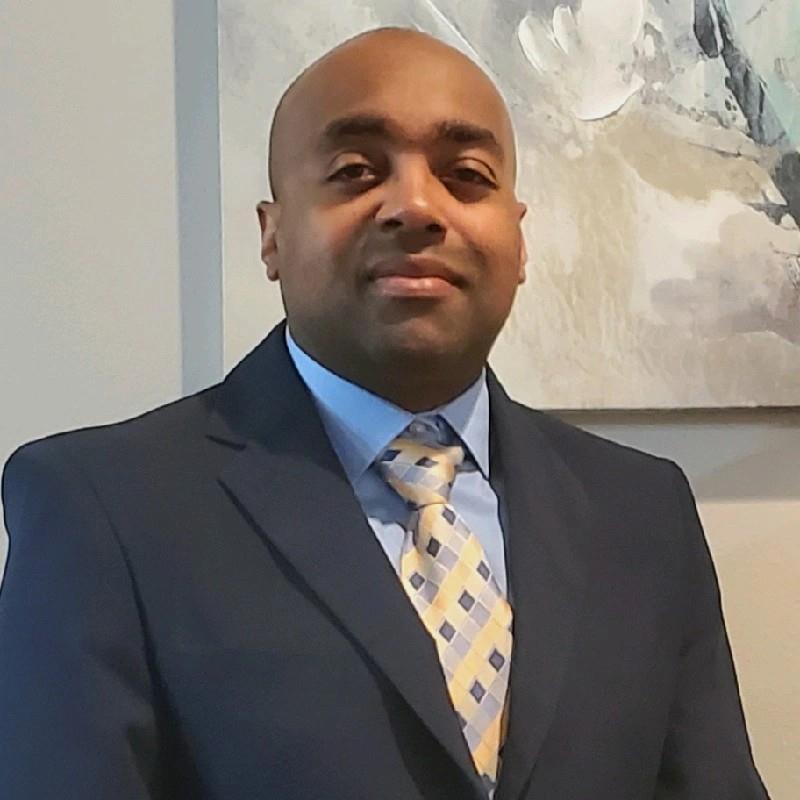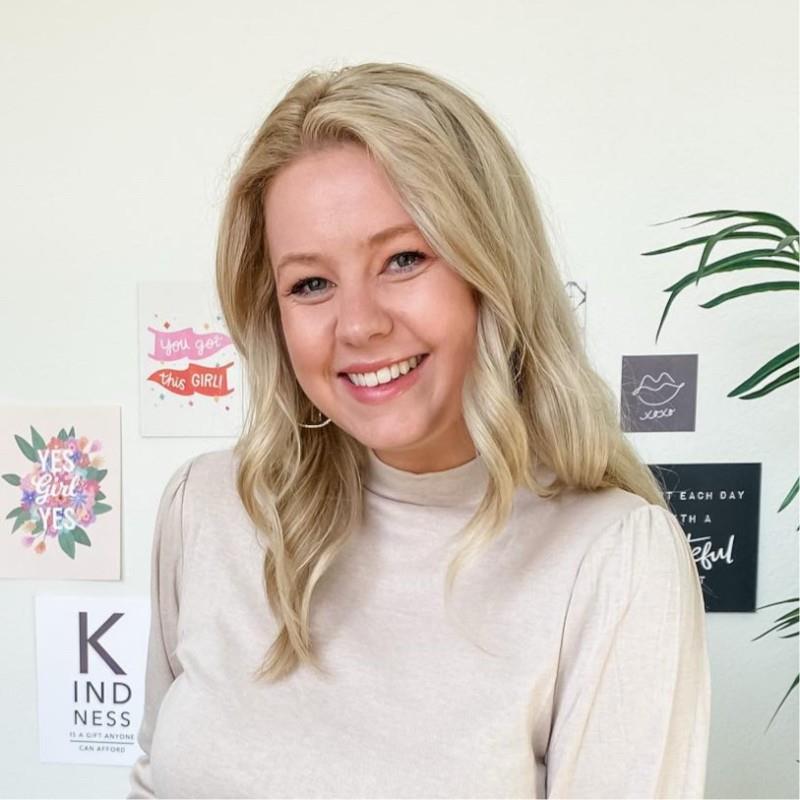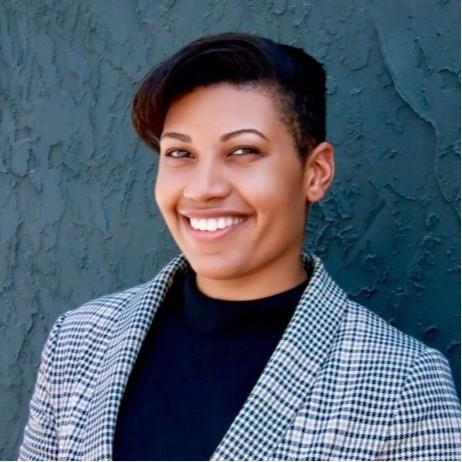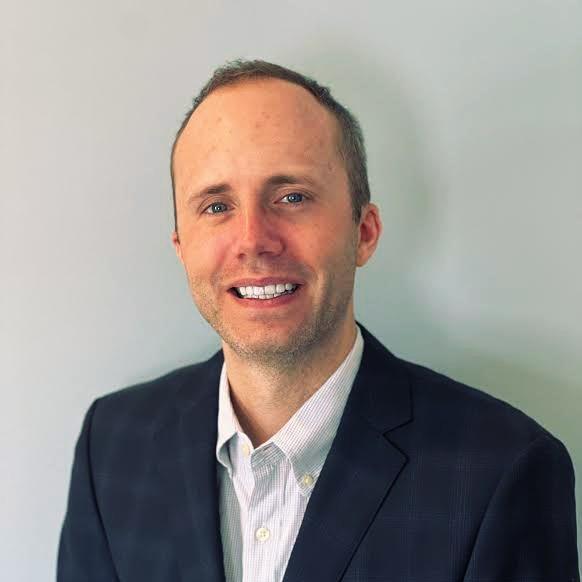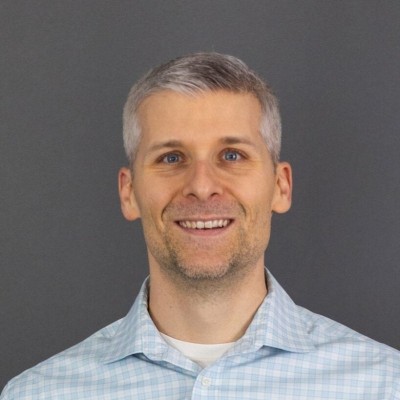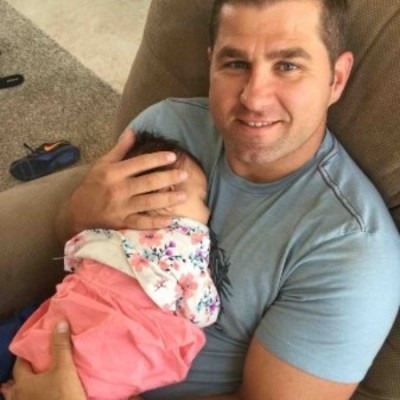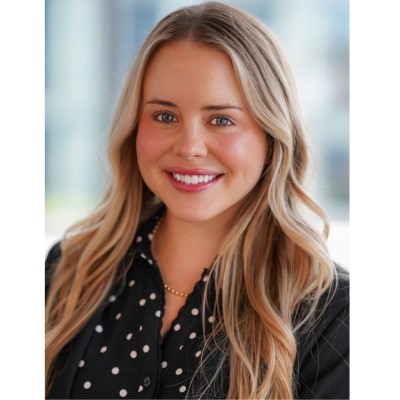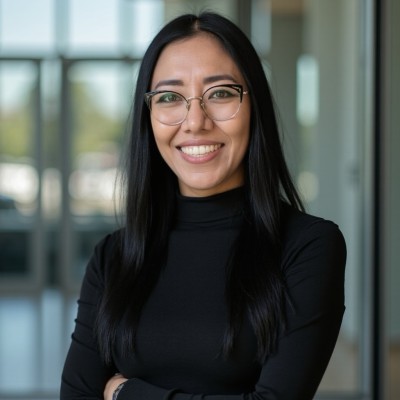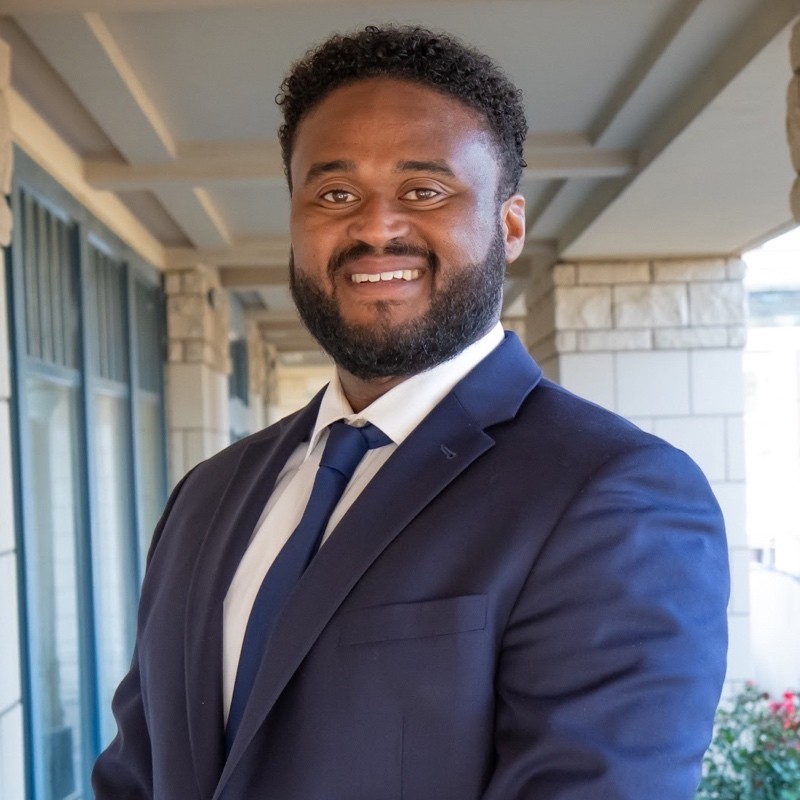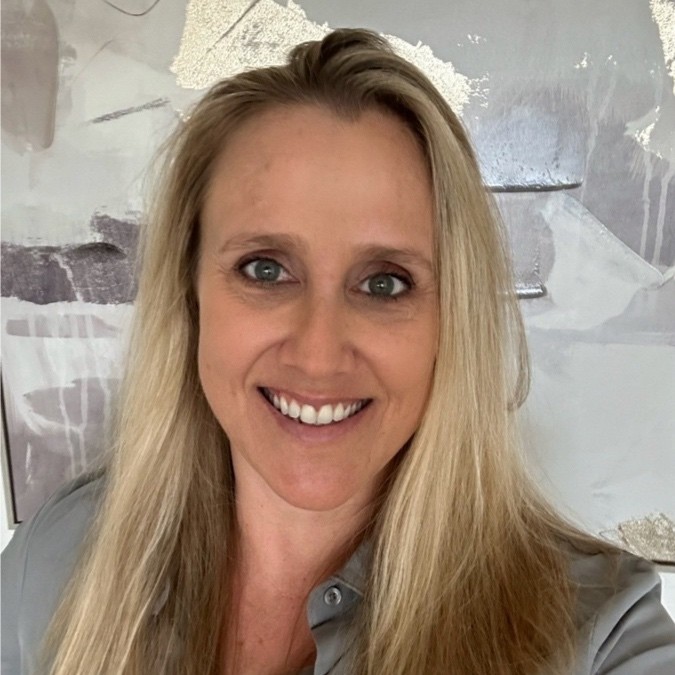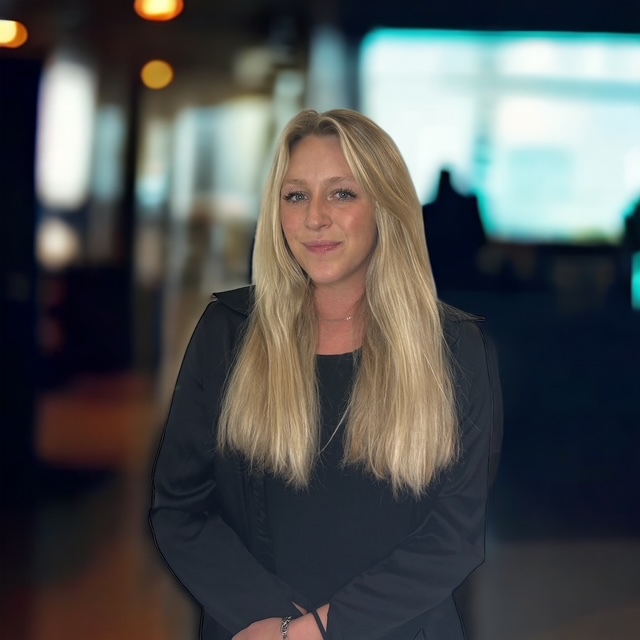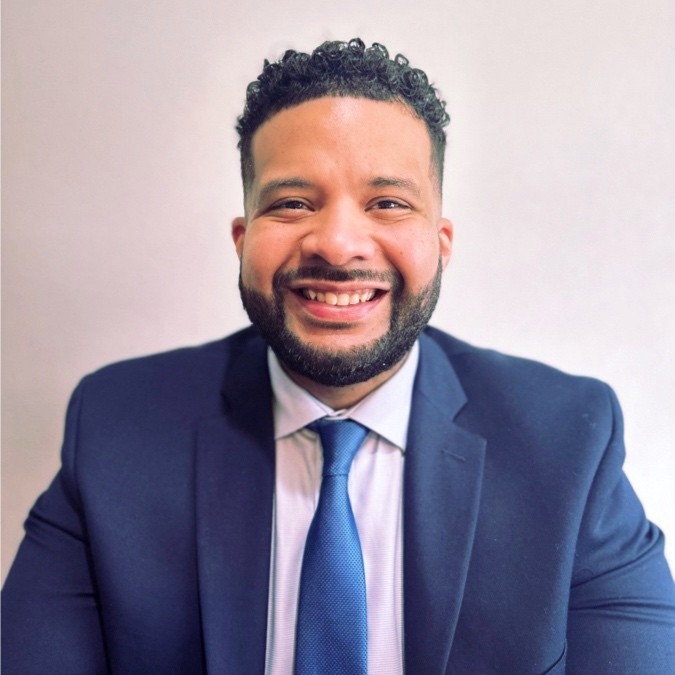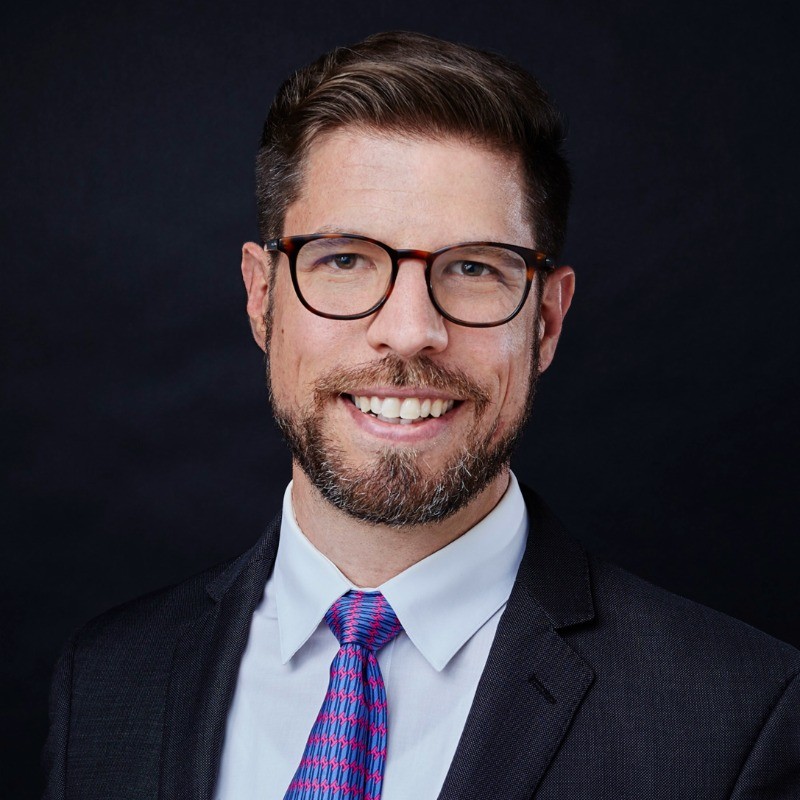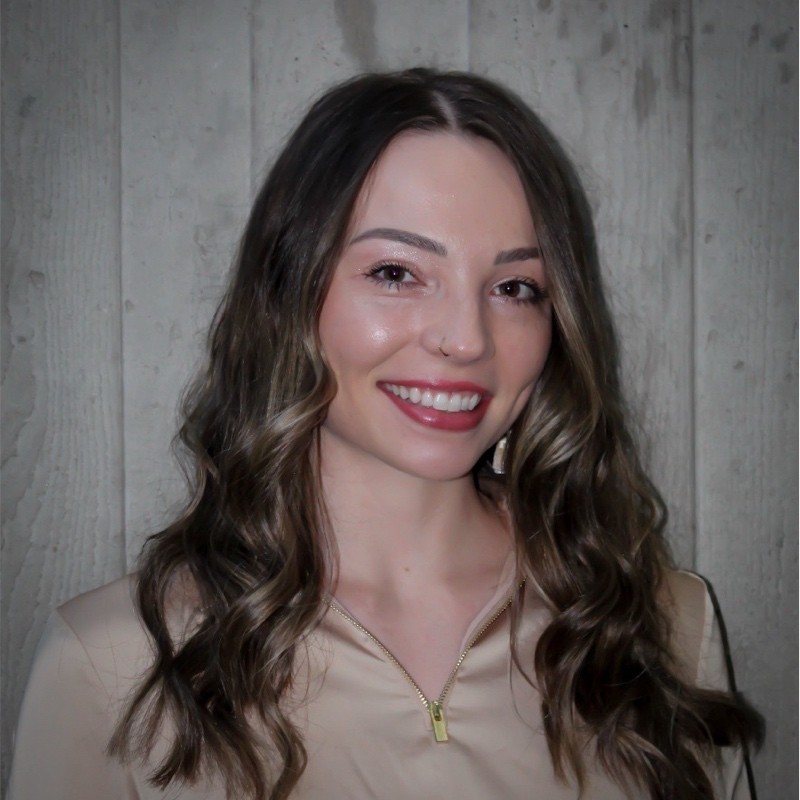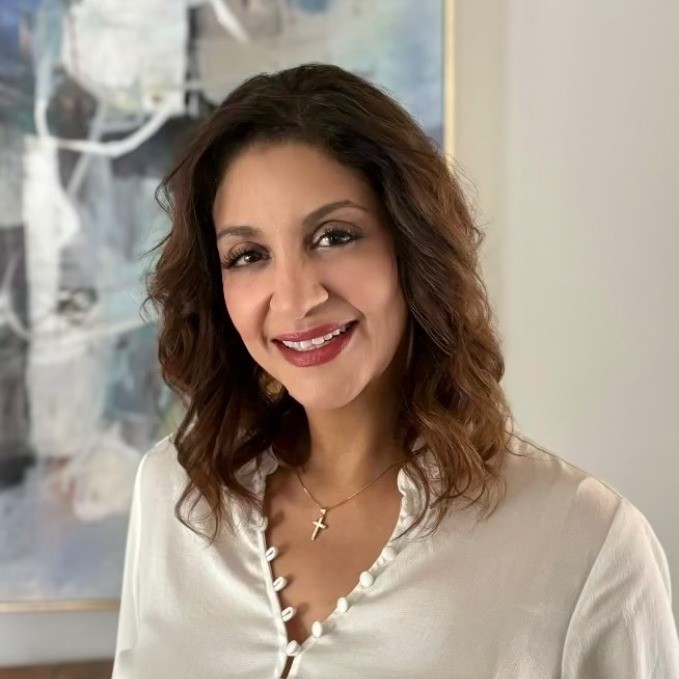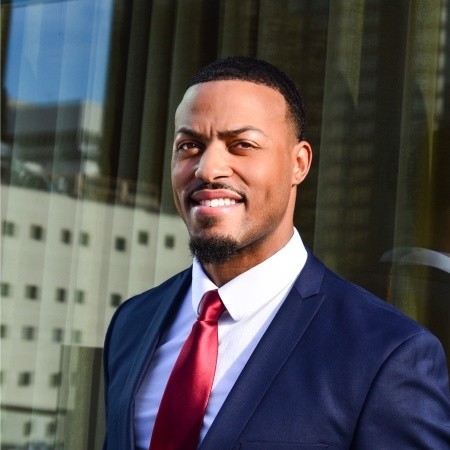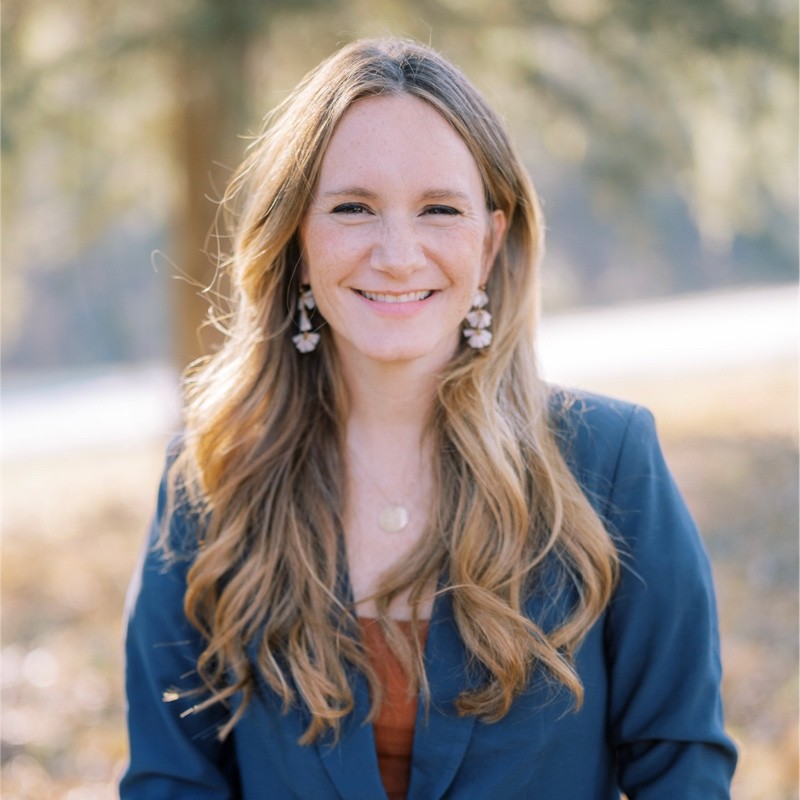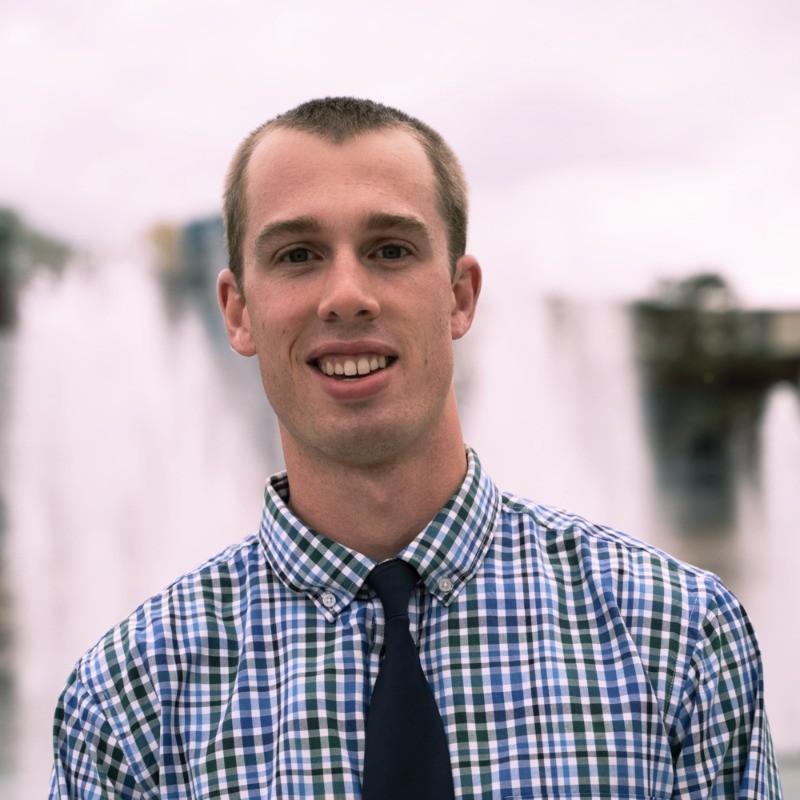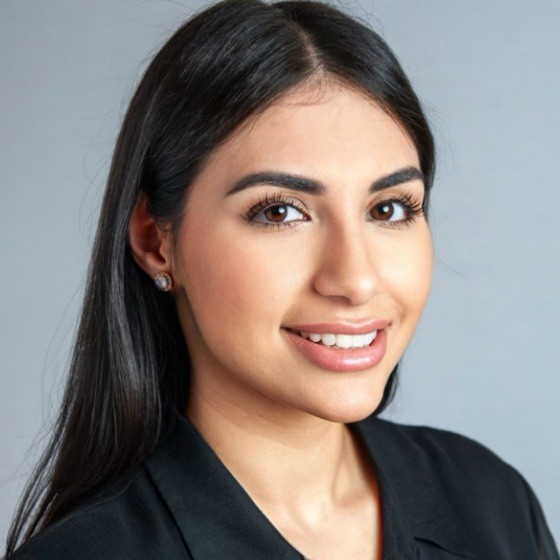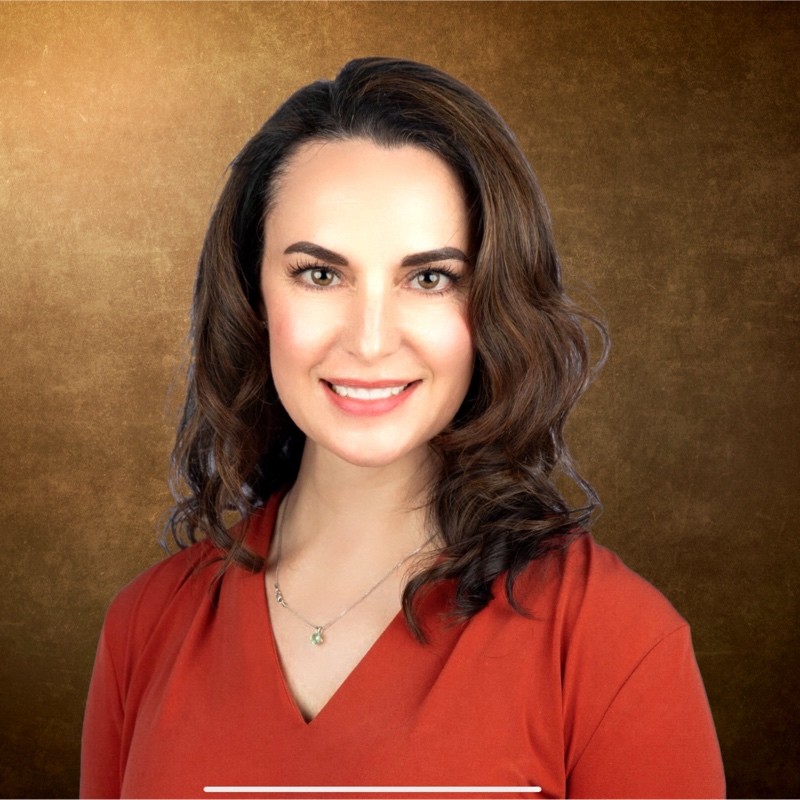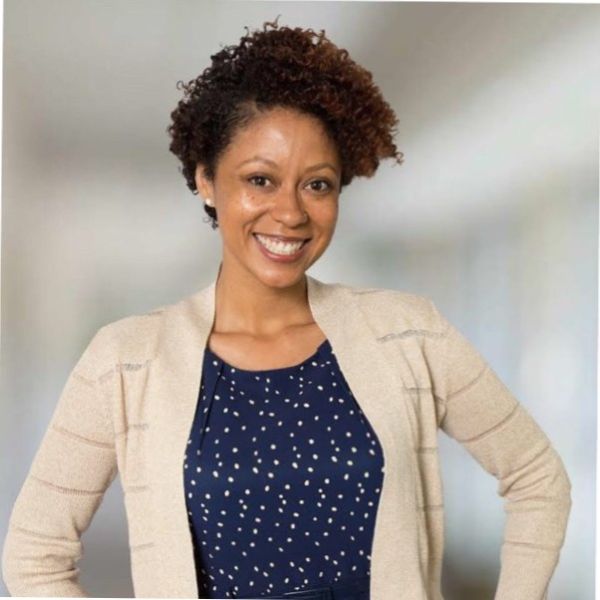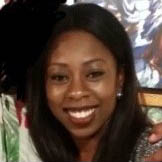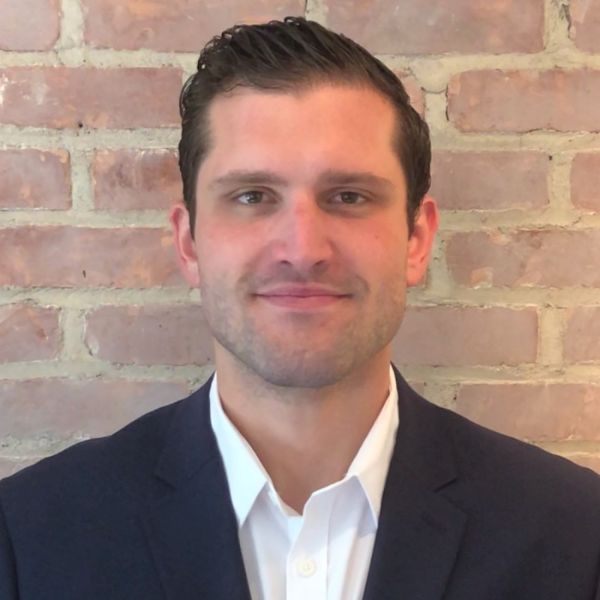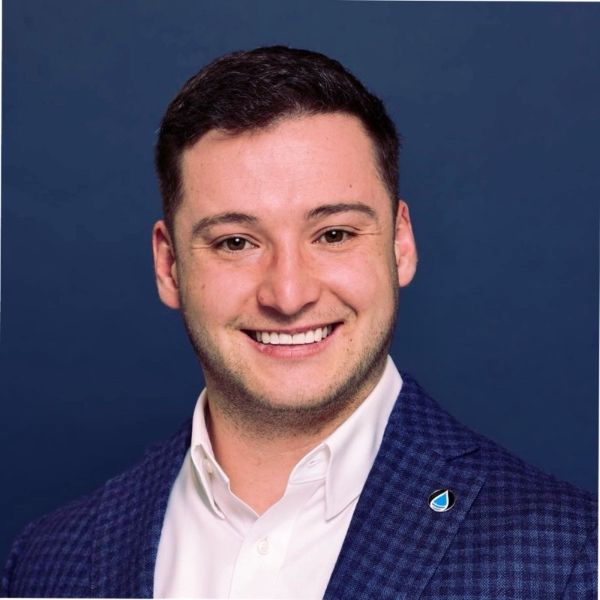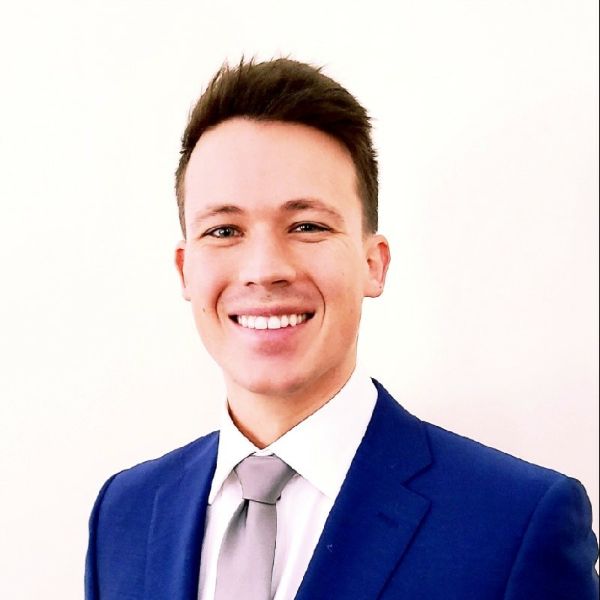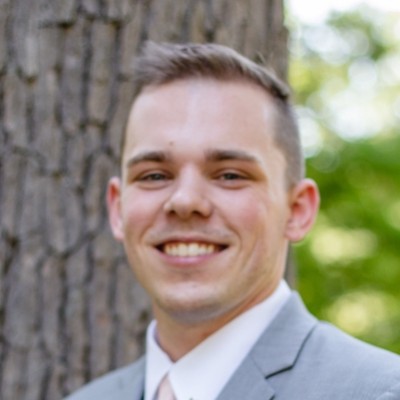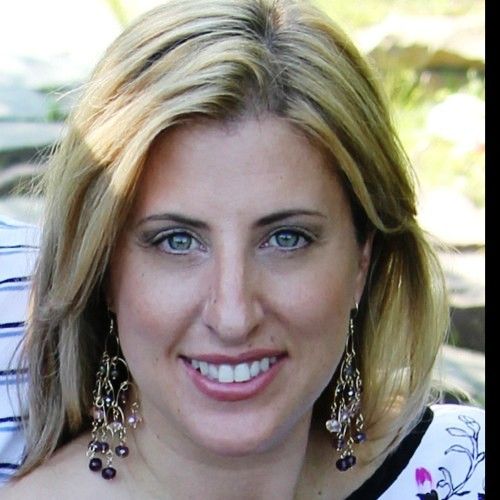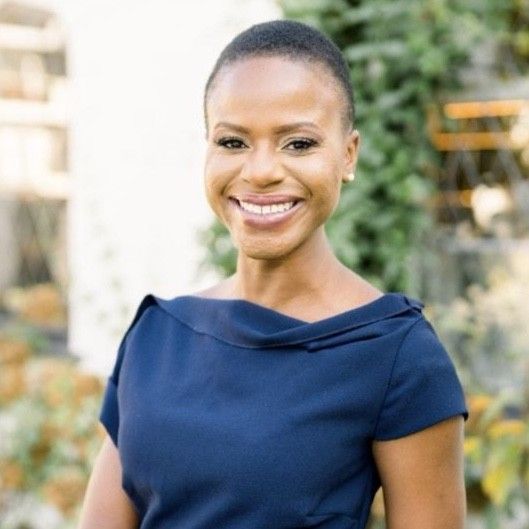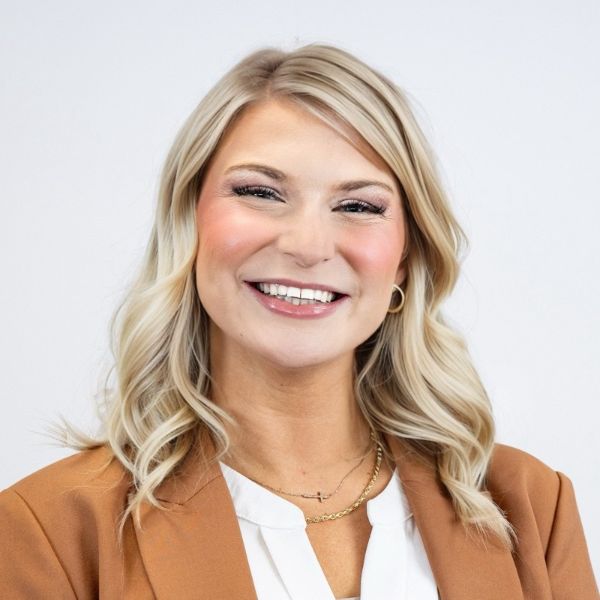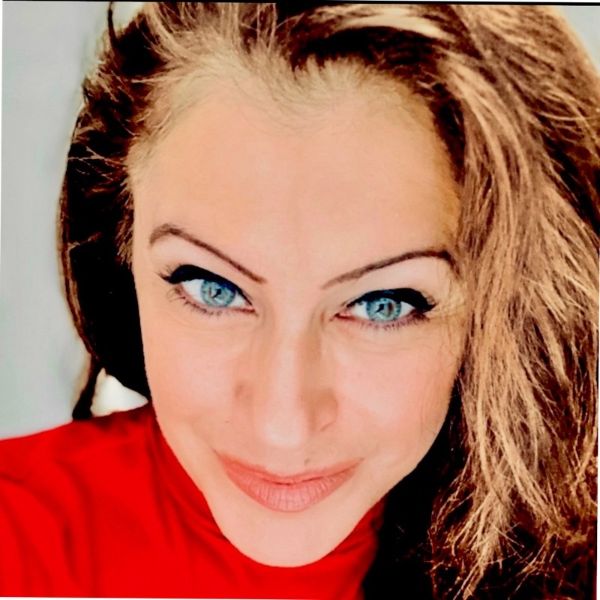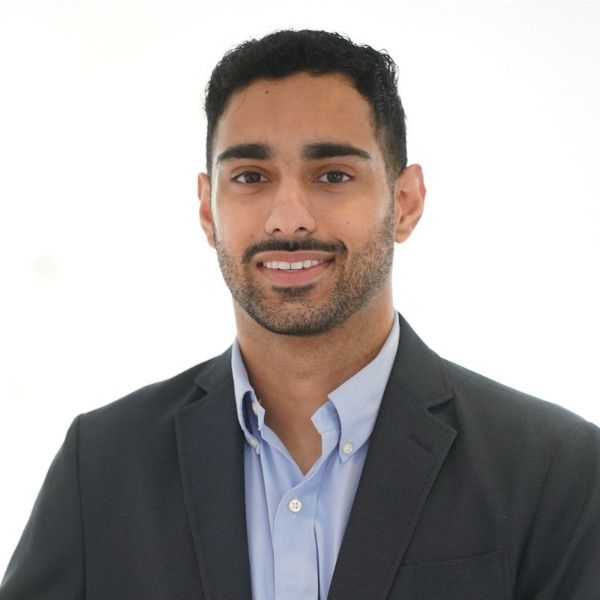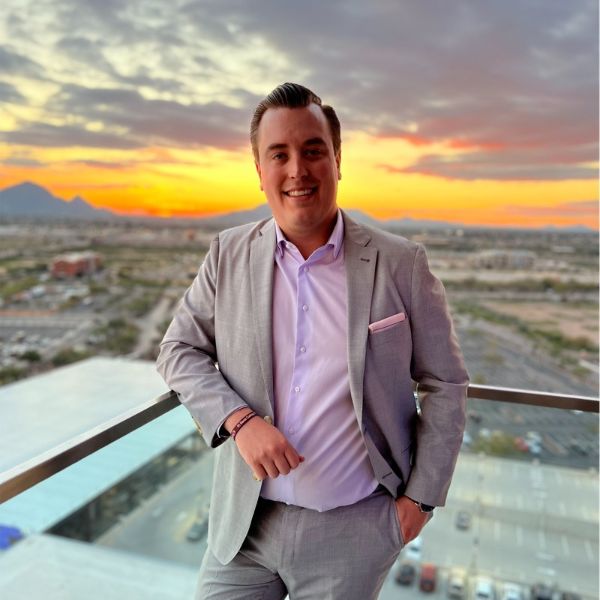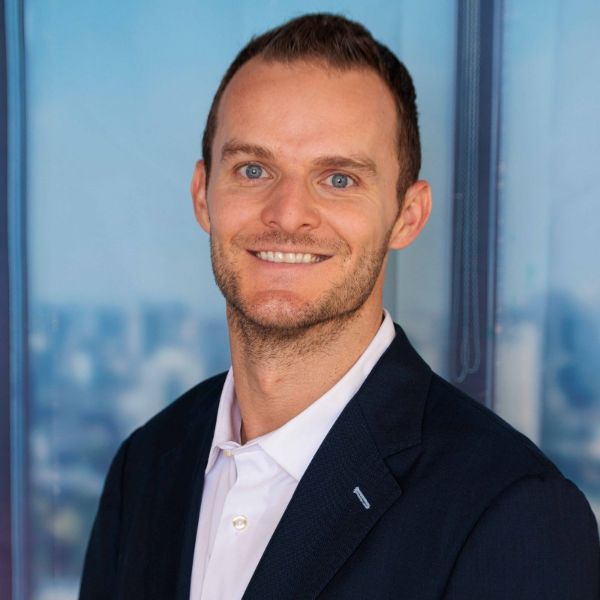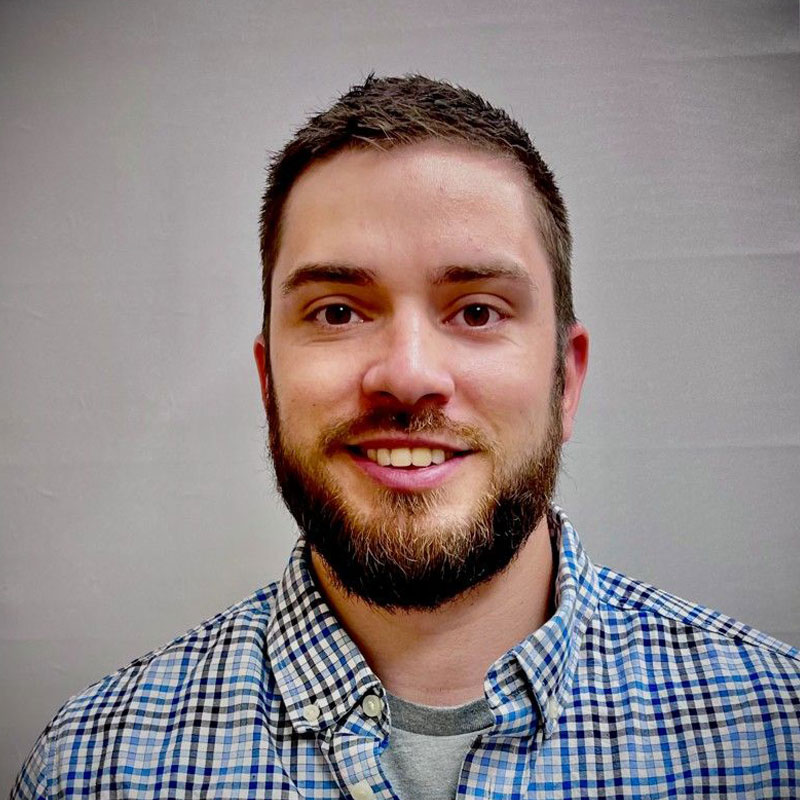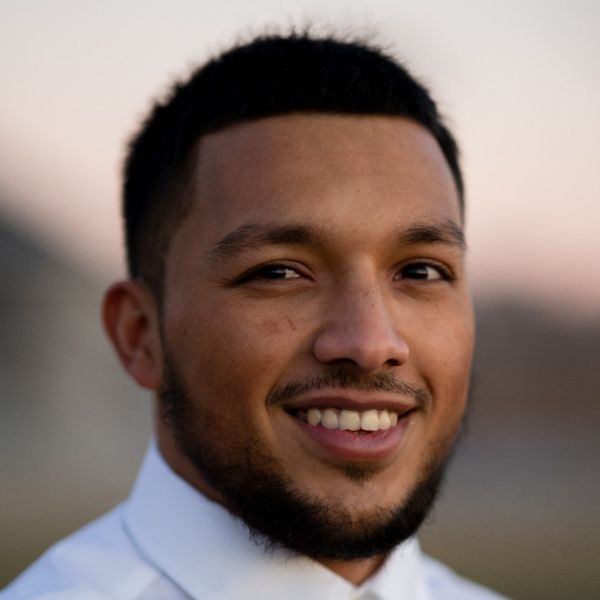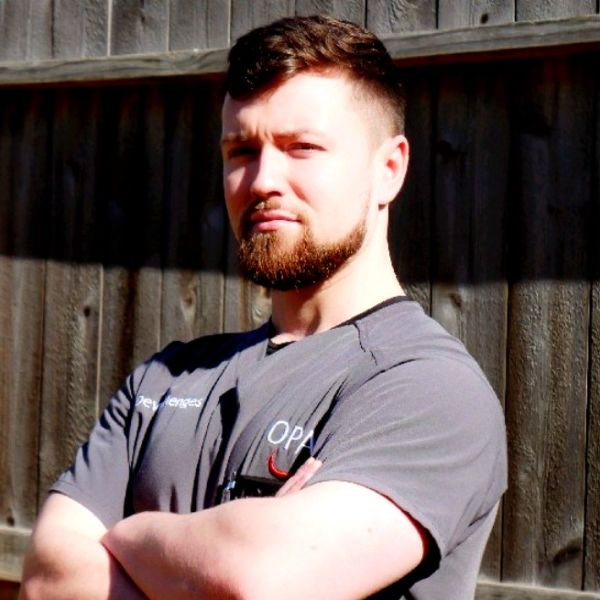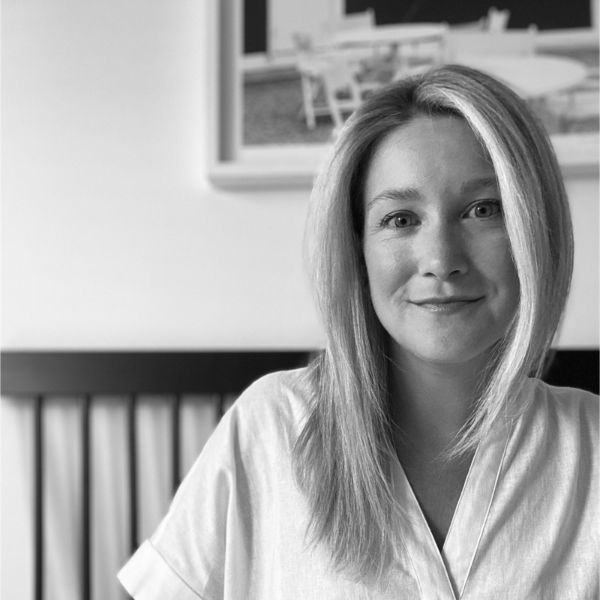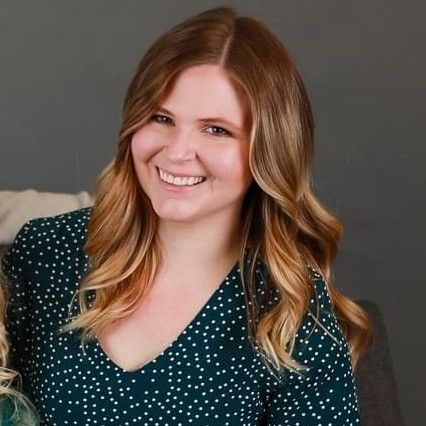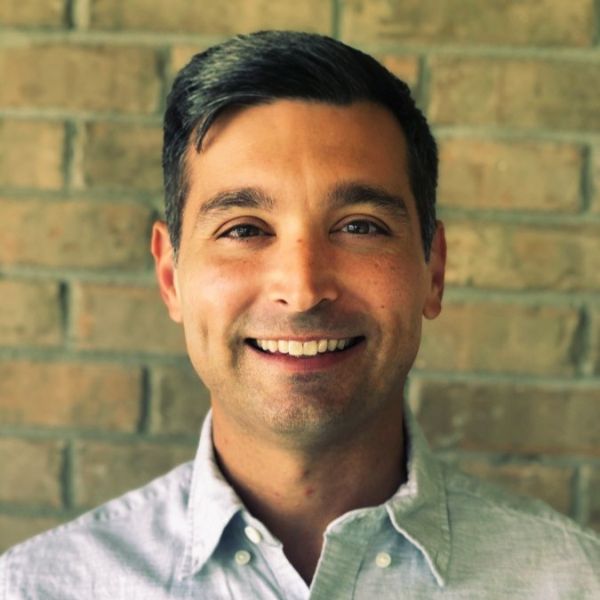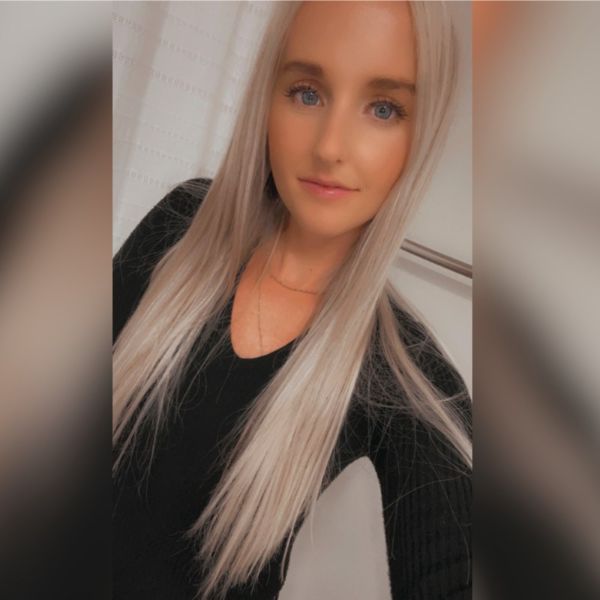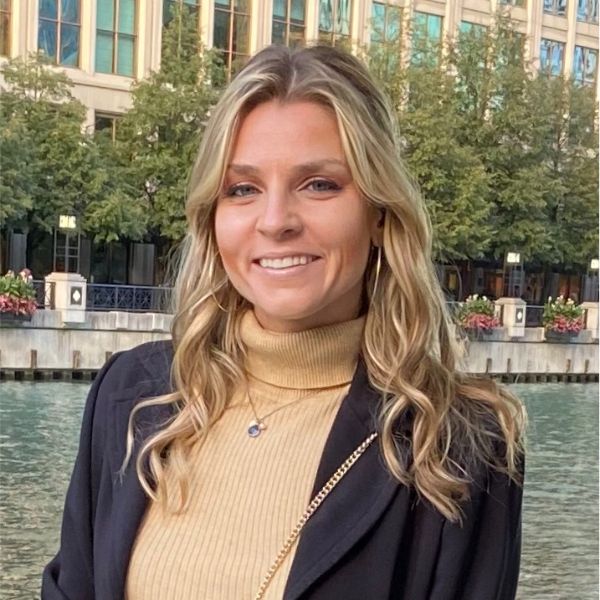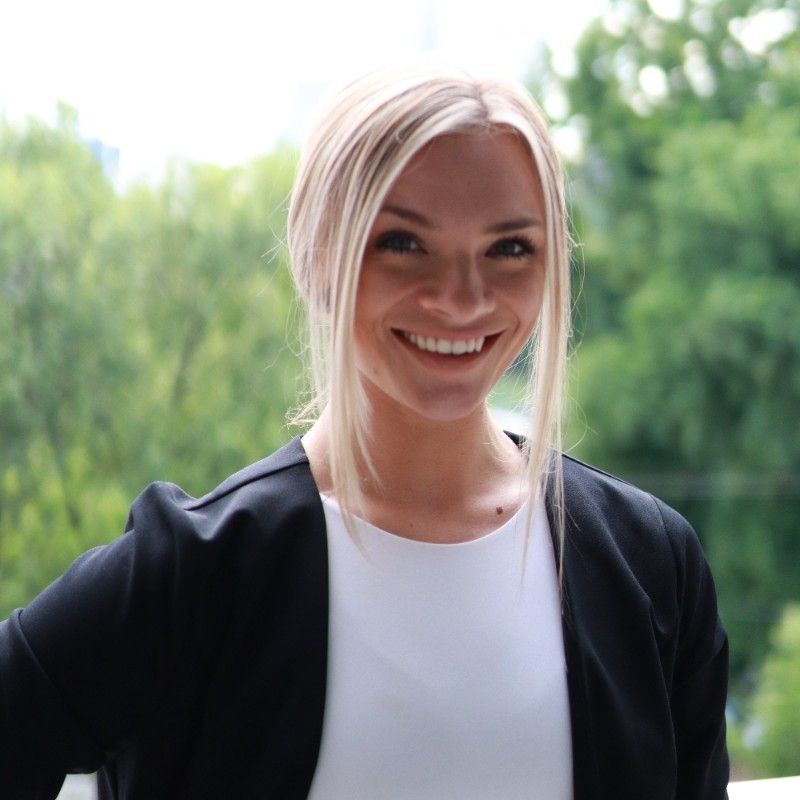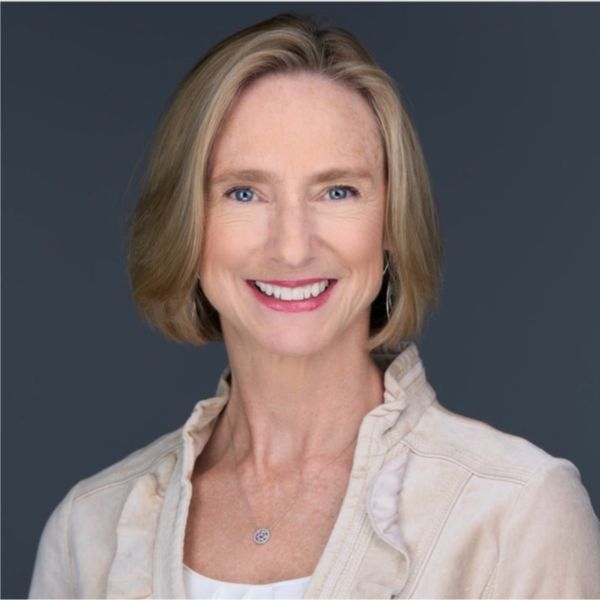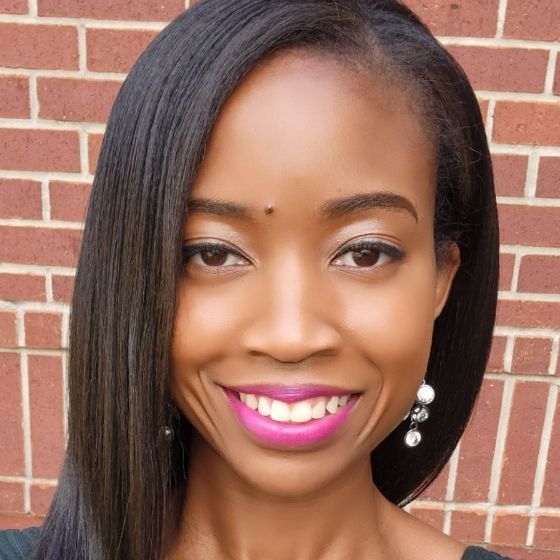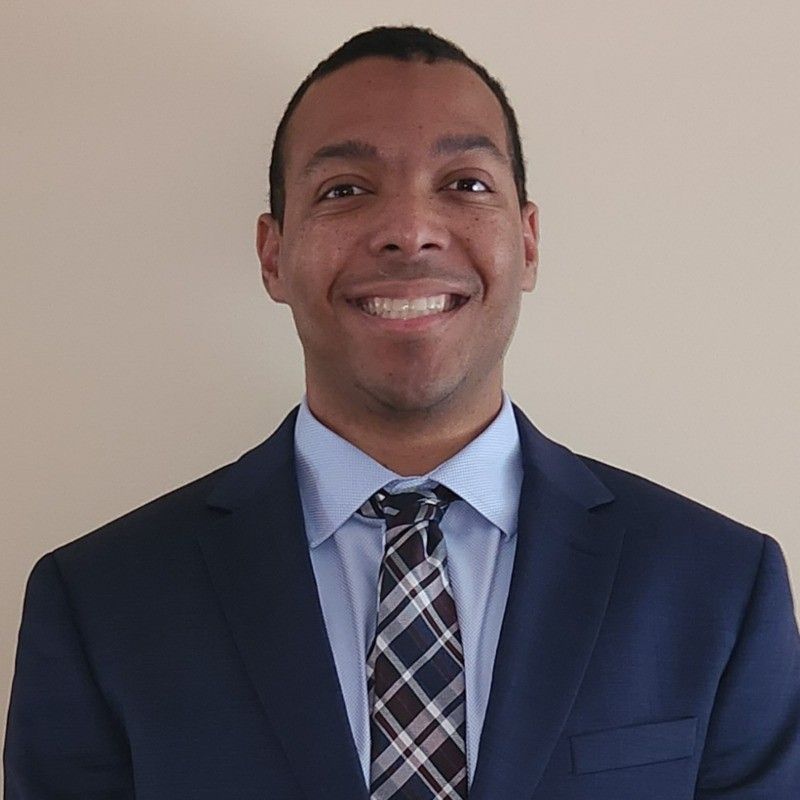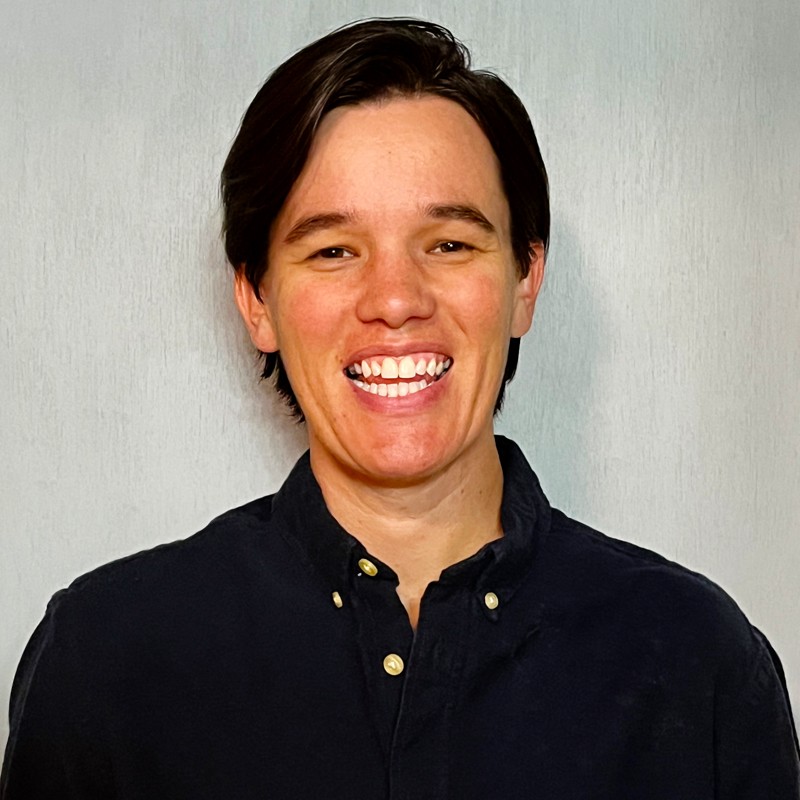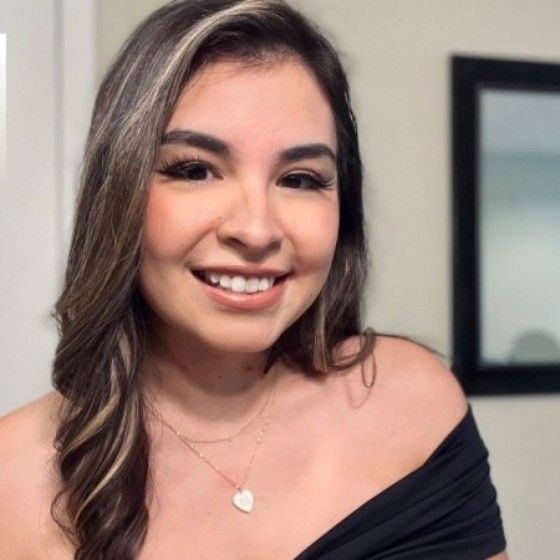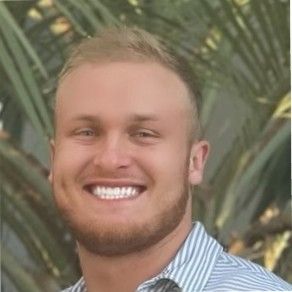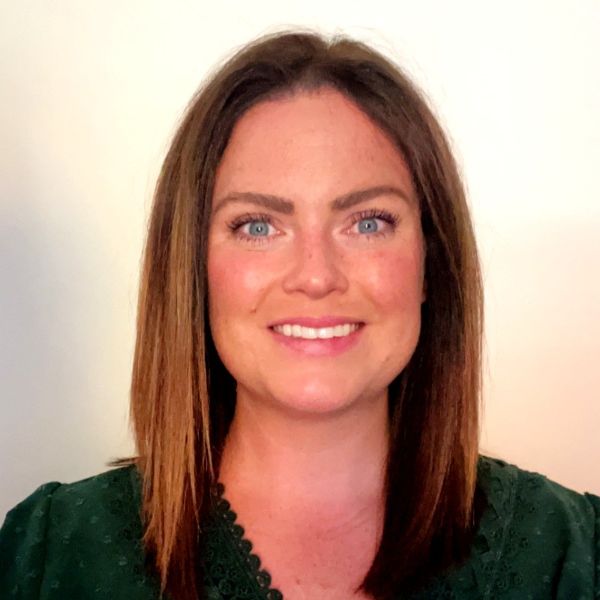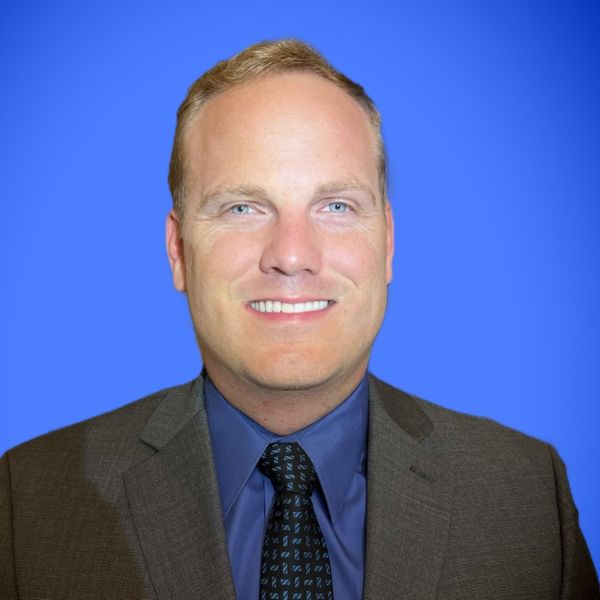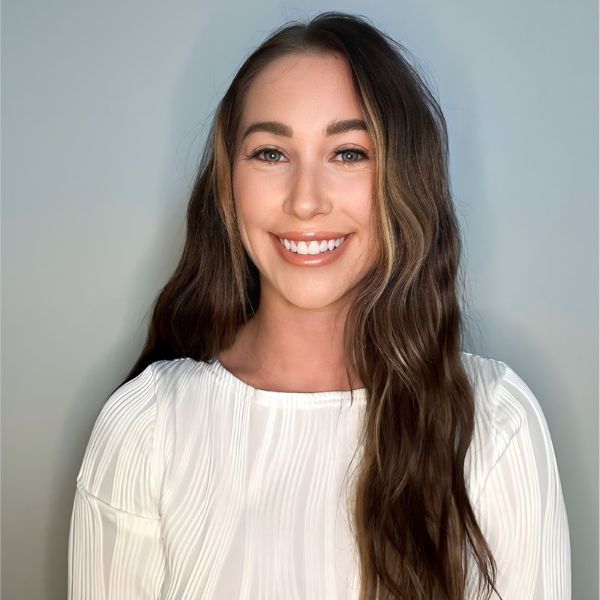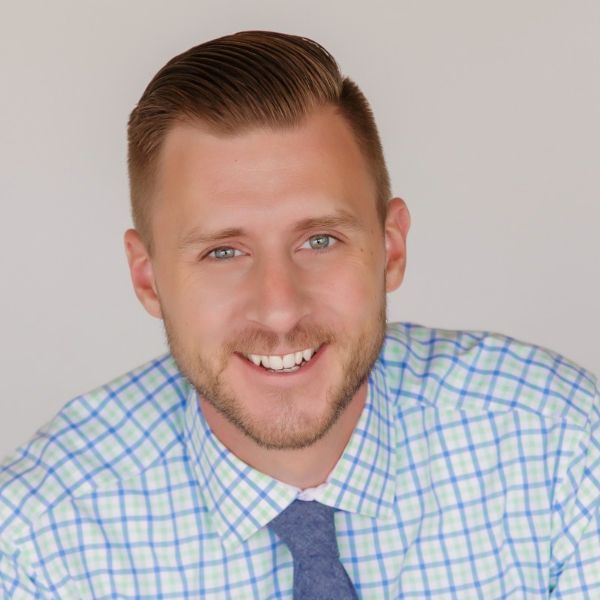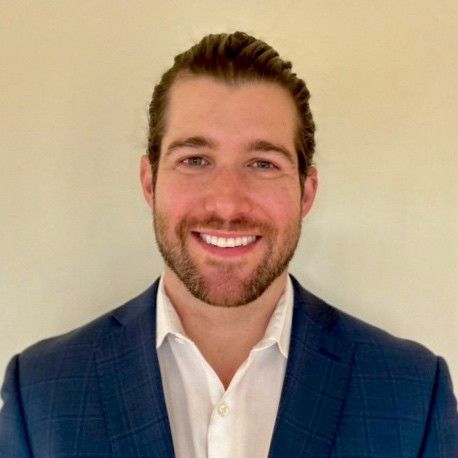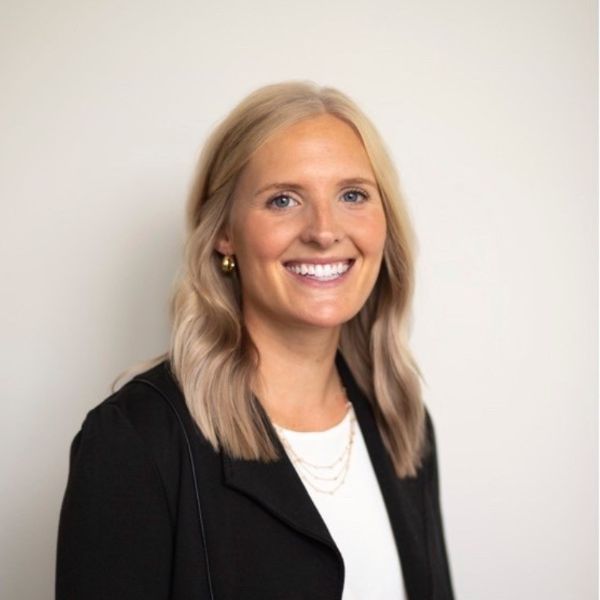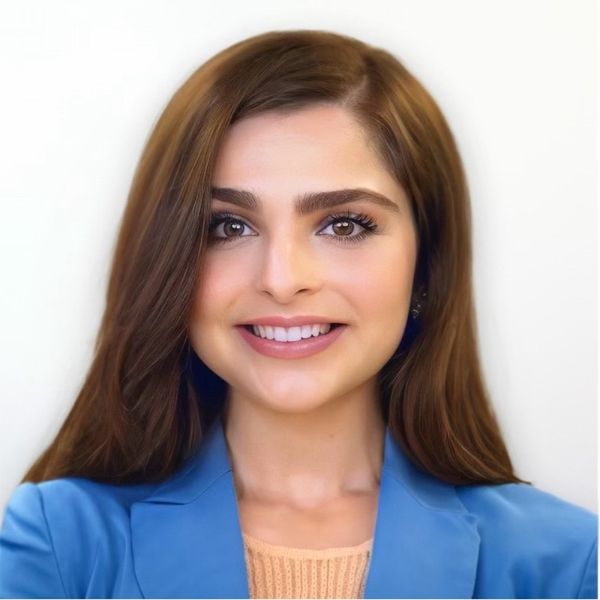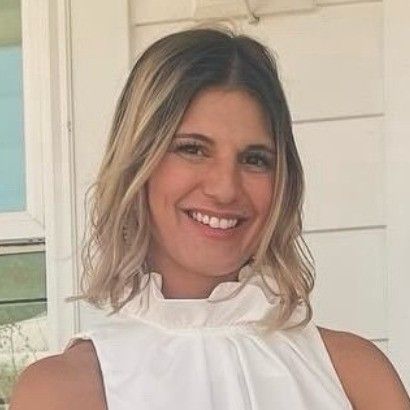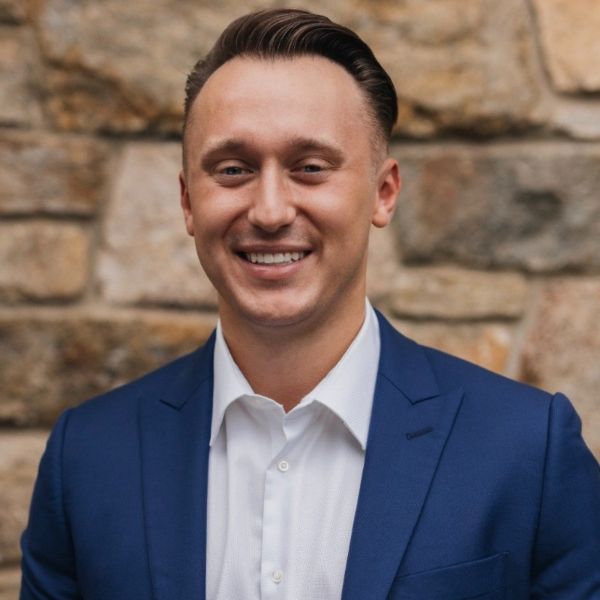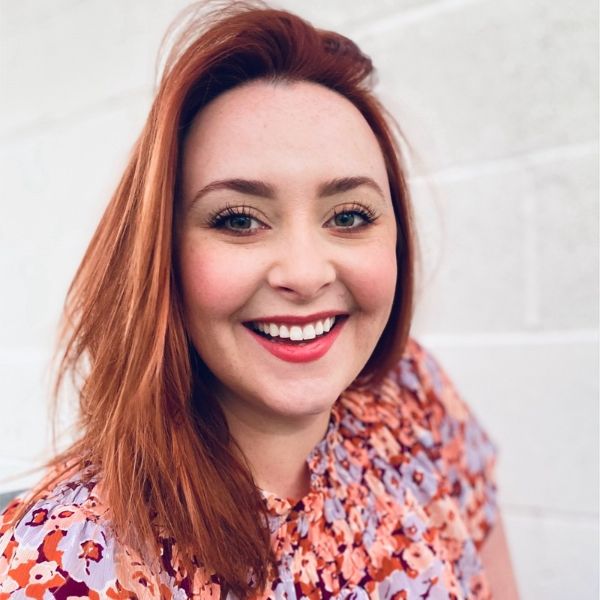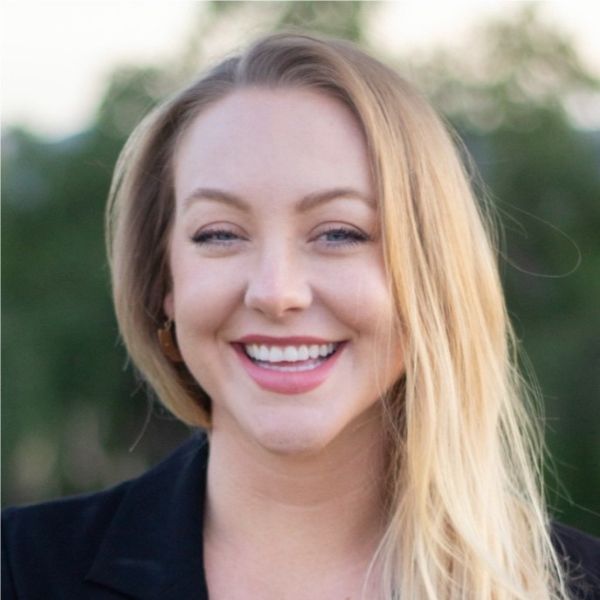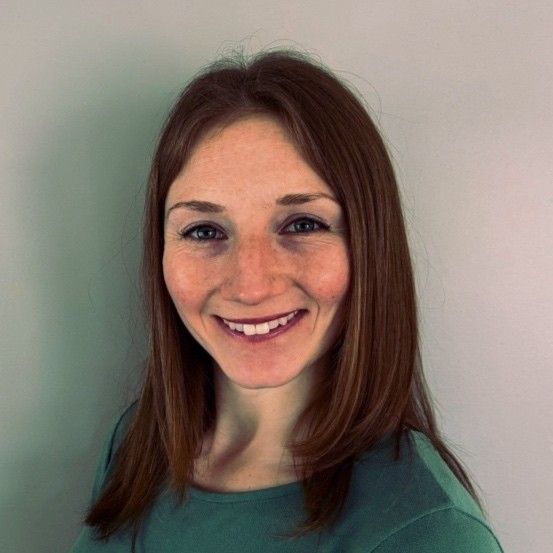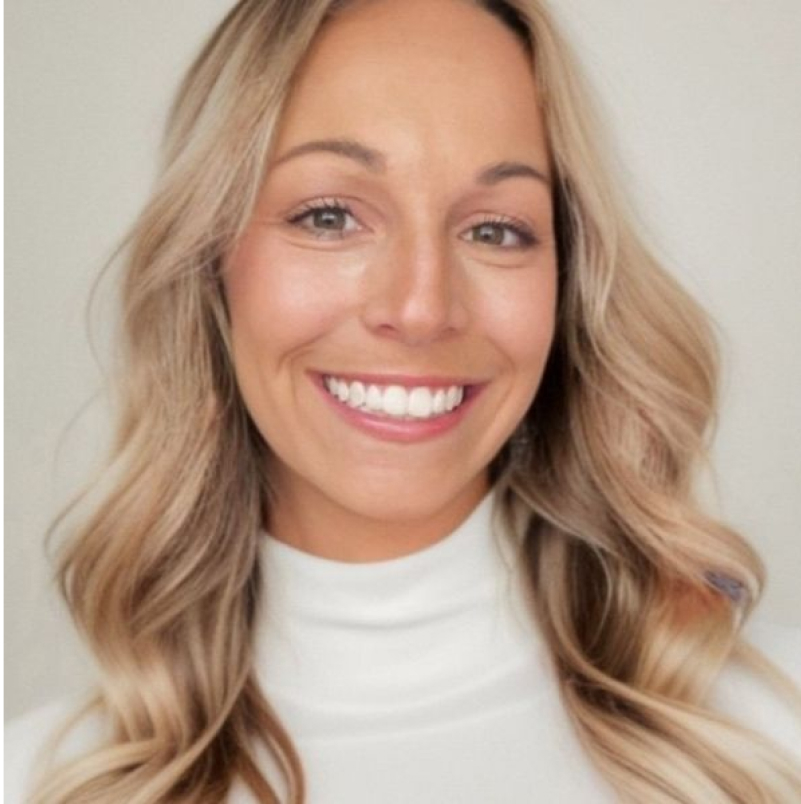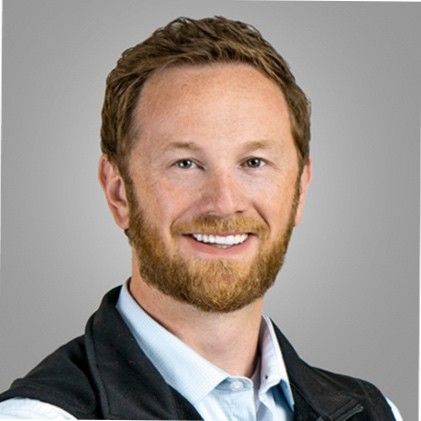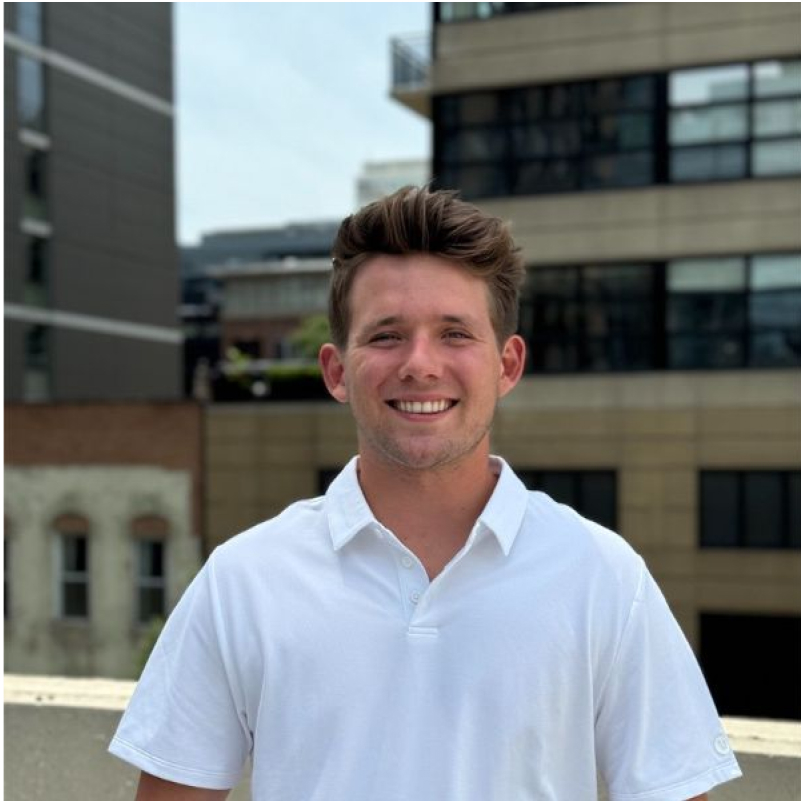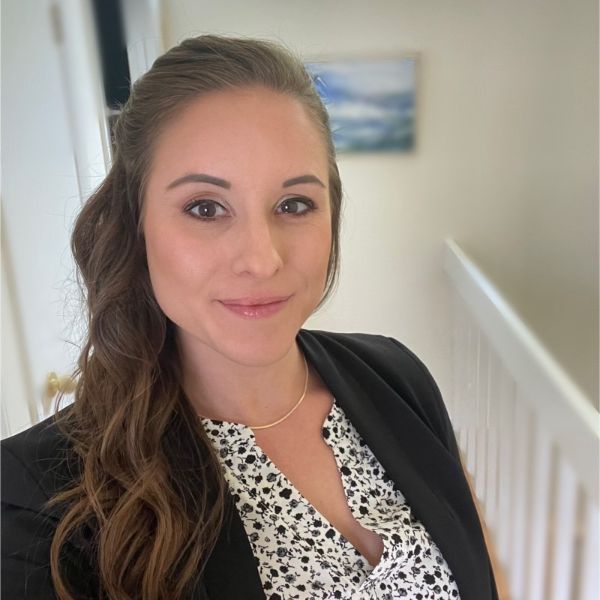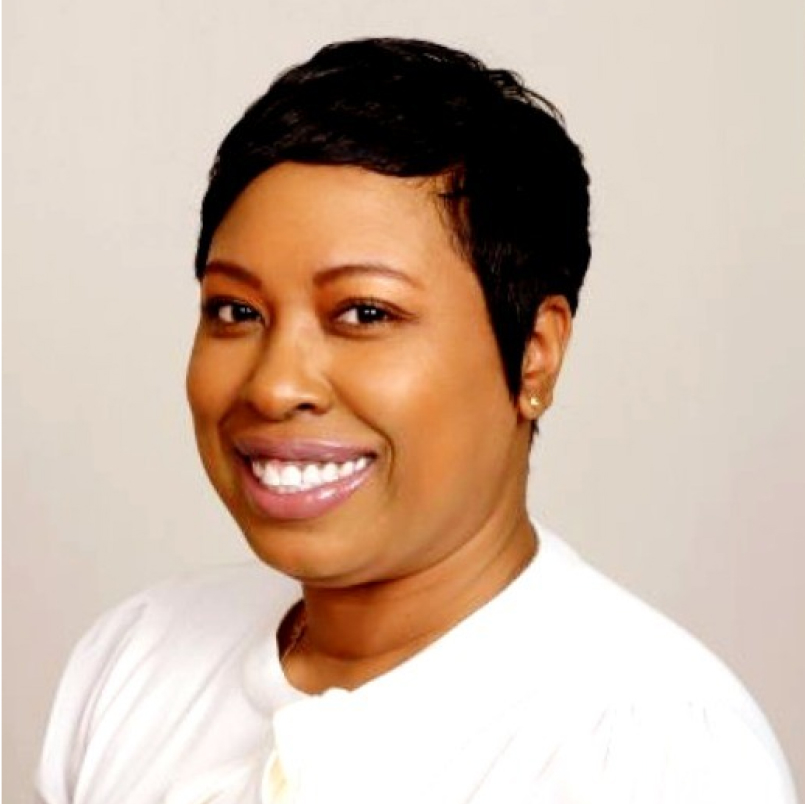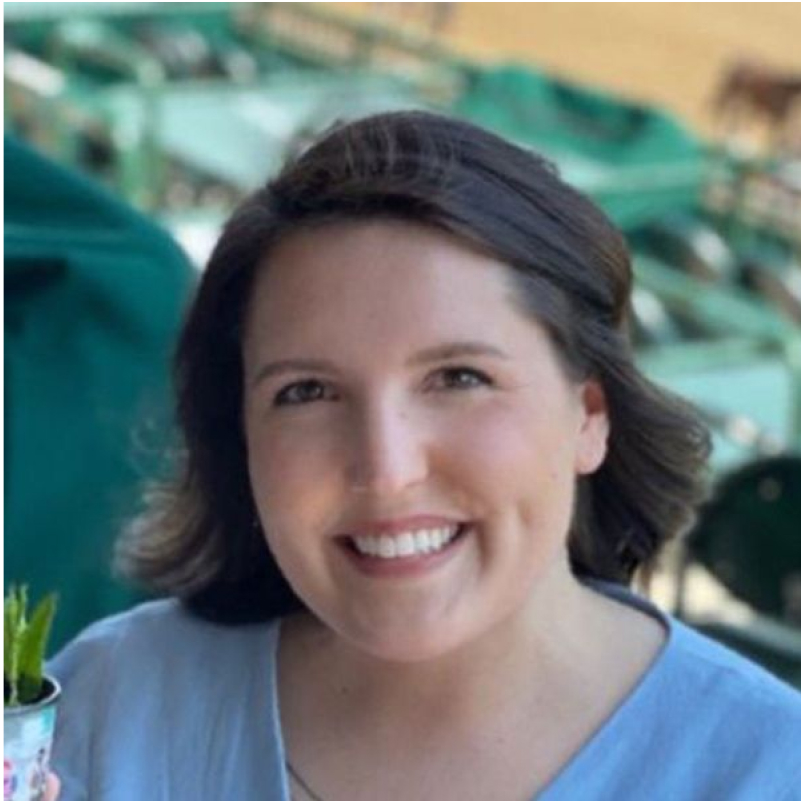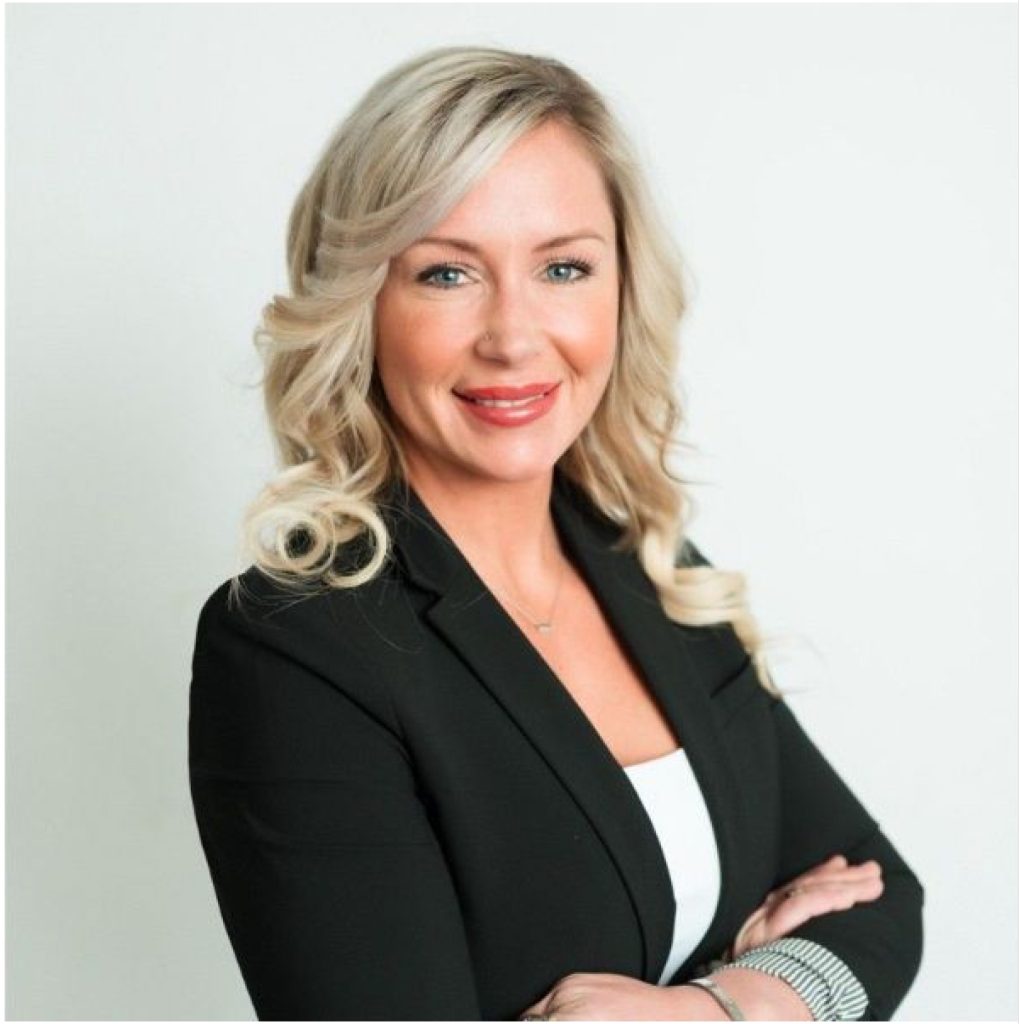Join us as we welcome Justin Ramsaran, the dynamic VP of Digital Health at Fukuda Denshi America and CEO of R Group, who is shaping the future of healthcare with his expertise in remote patient monitoring and cardiac care innovation. Justin shares his unique journey of balancing leadership roles in two innovative companies and delves into the rich history of Fukuda Denshi, a pioneer in ECG technology since 1938. Through his insights, we explore the intersection of medical sales and technology, offering listeners a glimpse into how cutting-edge advancements are driving progress in healthcare.
Our conversation takes a deep dive into the transformative power of AI in healthcare, highlighting its role in revolutionizing electronic medical records and diagnostic processes. Discover how AI is enhancing physician capabilities by providing rapid feedback and enabling alternative diagnostic approaches, paving the way for a more proactive model of care. We also tackle the potential for AI to augment healthcare jobs with insights from industry leaders like Jamie Dimon and discuss the challenges and future possibilities of integrating AI into medical image diagnostics.
As our discussion unfolds, we examine the evolving landscape of healthcare technology, focusing on innovations like Medtronic’s sensor technology that addresses diagnostic disparities and the crucial role of sales teams in improving healthcare workflows. We share the challenges of standardizing protocols across healthcare systems and the potential for a shared ecosystem akin to tech giants like Microsoft and Apple. To round off, we explore the power of deep work in fostering productivity and innovation and offer guidance for those aiming to break into the medical technology sector, emphasizing the importance of understanding technology and building strong industry relationships.
Meet the guest:
Justin Ramsaran is an American digital health developer and entrepreneur who leverages cross-functional business strategies and digital transformation with artificial intelligence to empower individuals and advance healthcare systems. He is the CEO of R Group, a digital healthcare innovation company focused on developing next-generation clinical data systems to support future healthcare providers. Additionally, he serves as the VP of Digital Health Solutions for Fukuda Denshi, a Japanese medical device manufacturer dedicated to “transforming world-class technology into accessible healthcare for everyone.”
Justin is currently a doctoral candidate at Florida Tech, working on his dissertation at NYU Stern. At Florida Tech, he began developing the concept of integrating cross-functional business organization strategies from fintech, big tech, and AI companies into the healthcare system through an “Open Connected Architecture.” In parallel, Justin continues to apply these cross-functional business strategies to other industries, including higher education and sports technology.
Manifesto:
– Augment Human Learning with Machine Learning: Especially for social good.
– Utilize Unconventional Approaches to Complex Problems: Develop simple solutions.
While these two ideas may seem disparate, they are interdependent. Humans often hold false notions about the world and encounter misinformation, yet we excel in learning within noisy environments. Augmenting human learning with machine learning requires a deeper understanding of learning in such environments. Across healthcare, agriculture, politics, economics, and transportation, our future as a species relies on the increasing synergy between machine learning and human learning. It is paramount that we develop tools to handle real-world uncertainty while ensuring our advancements in machine intelligence are directed toward social good.
Connect with him: LinkedIn
Watch the episode here:
Or Listen to it on your favorite platform:
Love the show? Subscribe, rate, review, and share!
Join the Medical Sales Podcast Community today:
Episode Transcript
00:07 – Samuel Adeyinka (Host)
Hello and welcome to the Medical Sales Podcast. I’m your host, Samuel, founder of a revolutionary medical sales training and mentorship program called the Medical Sales Career Builder, and I’m also host of the Medical Sales Podcast. In this podcast, I interview top medical sales reps and leading medical sales executives across the entire world. It doesn’t matter what medical sales industry from medical device to pharmaceutical, to genetic testing and diagnostic lab you name it you will learn how to either break into the industry, be a top 10% performer within your role or climb the corporate ladder. Welcome to the Medical Sales Podcast and remember, I am a medical sales expert, sharing my own opinion about this amazing industry and how it can change your life. Hello and welcome to the Medical Sales Podcast. I’m your host, Samuel, and today we have with us another special guest, and he goes by the name of Justin Ramzaran.
01:07
This is a unique episode because this is someone who’s on the forefront of technology.
01:14
He’s not necessarily a sales professional, but he works with all the sales professionals and works with them closely because of the medical device products that they sell, that are so entrenched in connectivity and technology and I am not going to spoil it, but if you’re a fan of this word, that’s become probably the most coveted phrase ever AI and if you’re a fan of technology, this is an episode you have to listen to. If you’re a current medical sales rep and you’re thinking about moving closer towards doing some kind of technology medical sales, you better listen to this episode. And if you’re someone that wants to be in medical sales and technology excites you and you’re not sure where to look again, you better listen. As always, we do our best to bring you guests who are doing things differently, differently in the medical space, so I really do hope you enjoy this interview and thank you again for being here for the medical podcast. Please share you know what is your role exactly and what is your company do.
02:16 – Justin Ramsaran (Guest)
Yeah, so kind of dynamic. I’m the VP of digital health at Fukuda Denshi, America. It’s a big medical device, ECG, patient monitoring, physiological company and then on the flip side of that I’m also the CEO of our group, so really focused on interoperability and health connectivity throughout kind of the care continuum through hospitals and whatnot. So both of them play hand in hand right. Working at Fukuda Denshi itself being the VP and the innovation lead there take on a lot of those new projects for remote patient monitoring, understanding the cardiac care landscape like digitization of a lot of the main issues out there, and then the Arbor side of my business itself kind of helps support that innovation hub and drive forward a lot more products rather and new features and strategies, if you want to say, to help innovate within the digital health space.
03:06 – Samuel Adeyinka (Host)
So let me get this straight. And we’re going to have to dial way back because, remember, a lot of them are not familiar with any medical cells, anything they want to be, but they’re not yet. And of course, we have so many medical cells listeners that they’re just in spaces that don’t really they’re not privy to all this knowledge that you’re providing. So let me step back. So, first of all, you have two full-time jobs. Is that what I just heard?
03:28 – Justin Ramsaran (Guest)
They both work hand in hand, so yeah, essentially right.
03:31 – Samuel Adeyinka (Host)
And one of them is your employer. One of them is your business.
03:34 – Justin Ramsaran (Guest)
Yeah, yeah so that is amazing.
03:36 – Samuel Adeyinka (Host)
How did you? Before we get any further, I just have to know how did you manage that?
03:42 – Justin Ramsaran (Guest)
It was a relationship right. I’ve been very fond and very lucky, working with Fukuda as a whole for a little over eight years directly in the space and, as I’ve been exposed from both a sales standpoint, from a technical area and from a capital equipment area and the innovation side, I came with a lot of engineering background. The gaps were very prevalent in health care. Right, you know, tech moves really quick. It’s its own world, specifically software as a whole. And that’s where I started seeing the cross collaborations, like there’s a route here, right, there’s a route to innovate, there’s a route to help kind of create better capabilities A in healthcare and in the med device space. And it was just open and forefront. Right Came up to them and said, hey look, this is my concept, my idea where I’m looking to move forward. But I want to pay loyalty and homage to what we’ve been able to create here and develop.
04:30
And we were able to kind of get to a good point where we have a symbiotic relationship and innovating for the future on the platforms of both ends to dynamically grow.
04:38 – Samuel Adeyinka (Host)
So when is this book coming out on how you get a job and start a business and everyone’s happy when?
04:43 – Justin Ramsaran (Guest)
is that book coming out? When I start writing it, I’ll let you know.
04:48 – Samuel Adeyinka (Host)
Right, I’ll be the first to know on the memoir of it. That’s awesome, all right, so again, 30 000 foot view. Uh, describe for us what’s your company, the company you work for, what they do cardiac care.
04:57 – Justin Ramsaran (Guest)
Physiological monitoring is the blood and sweat of that. Your company for fakuda Been very focused on that. That’s where they’ve developed, I think 1938. They were the original innovators of the ECG. So, they own. That it’s crazy, right, it’s crazy.
05:13 – Samuel Adeyinka (Host)
How many people know that Say?
05:15 – Justin Ramsaran (Guest)
it again 1938, fukuda Denshi was the originator of the original ECG, like strips and being able to capture those things way back in the day, um. So yeah, that’s, that’s the fun fact. With them, japanese manufacturer headquarters based out of japan, tokyo itself, um, and they’ve got their domestic market on hold and they continue to innovate and build in these international markets as well, that’s amazing, yeah.
05:41 – Samuel Adeyinka (Host)
Who are some of the biggest competitors to that space?
05:43 – Justin Ramsaran (Guest)
yeah, yeah let’s see we go head-to-head with the big behemoths Philips, ge, you’ve got gosh who else is in patient monitoring? Then you’ve got Nihao Kodan, direct competitor to Fukuda, which is always a fun tit-for-tat every year Sure Working against them, with them all those different parts, but when you look at patient monitoring as a whole, I would probably call out, you know, the Philips and the GEs being the big big behemoths in the room that we go ahead and act with.
06:12 – Samuel Adeyinka (Host)
That’s awesome. So let’s understand cardiac monitoring. You know, for all those listening, so you know. Talk to us a little bit about what’s the technology in cardiac monitoring that people are probably familiar with. Right, they’ve seen it on TV, they’ve seen it in TV shows and then you know you’re on the cutting edge. What is actually going on and where are things headed?
06:31 – Justin Ramsaran (Guest)
Yeah, no, definitely so. You’ve watched any version. It could be scrubs, grey’s Anatomy, you name it out there. Anytime you see a monitor, a bedside monitor, that’s capturing vitals, ecgs, rhythm strips, anything like that. That’s capturing vitals, ecgs, rhythm strips, anything like that. That’s essentially what our device is, right, it’s capturing any type of patient vital right that could be related to your heart, related to, again, your SpO2, which is again, blood saturation, oxygenation level, all those things on that monitor next to a bed in an ER or in an ICU. Probably our device is in there. That’s essentially what you would see Now on the technical side of that right, if you want to kind of look at that, forecasting for the future, where that’s going, where those parts are, it genuinely is starting to have adaptive technology, right I don’t want to overhype the buzzword AI by any means, right, especially this day and age, but the information that you’re gathering there is like a primary data set and not being so close to the patients, the original data that you can gather.
07:31
There’s been augmentation right when you can take that data and create better data sets downstream to help clinicians and physicians have a better proactive model for what they’re going to do or how they’re going to diagnose this patient, because that’s the thing On the monitor today. You’ve got to know how to interpret that. You’ve got to know how to read it. Any common user is difficult, right, and even if we put the numbers next to it, right, it’s its own technicality for a doctor in the same way. But the forecasting of the future, I would say, is how do you get that information and provide value with it? And that’s what you’re starting to see with. We’re starting to see it for a lot more within the healthcare space as a whole give us an example of what that looks like an actual scenario.
08:09
Yeah, yeah, um, I can give you a couple they started using. Let’s go with radiology, um, so medical imaging as a whole. Radiologists sit there and look at these films. Analysis of images to give you a diagnosis of this could possibly be this this is what’s going on and I’ll say it openly.
08:26
I think there’s been some great advancements by GE in that space. They’re starting to take image recognition technology with computer vision right and adapting that essentially where it starts to look at these thousands of images with machine learning and say this white spot you see here very well could be X, could be Y, and they’ve advanced that just because they keep teaching those models every time. So, as we have our clinicians who are already doing this, they’ll start to make the annotations be the source of truth and that information they provide to label those different features and annotations be the source of truth and that information they provide to label those different features and those models. At the end of the day, that’s where you know have proactive medicine and it’s augmenting the information where a clinician could be more or, let’s say, quicker, rather their job by saying, okay, this says it’s an 85 confidence chance that it’s this or it’s this great.
09:22
Let me do a little bit of extra research, and it’s not as time intensive. Those are examples. I would say it’s starting to become more proactive in the cardiac care world. Rhythm, rhythm stripping is a big thing, right? Um, being able to detect those different peaks when you see them across the monitor, what they mean and where that can go. Same, same type of example style.
09:41 – Samuel Adeyinka (Host)
so how accurate has it become? I mean, you know we hear about this and and I and I like to believe that with all innovations, everybody’s excited by it and then we get the first product and it’s like, okay, you know, maybe not for another five or 10 years, is it going to be what we need it to be? How accurate is this technology now?
09:58 – Justin Ramsaran (Guest)
That is definitely a gray area, right, and I’ll be open about that too. It’s, it’s, it’s data, and the theory that I think a lot of data science stand by is garbage in, garbage out, right, you’ve got, you’ve got garbage data and you’re gonna get garbage results out and again. These things like hallucinations and all those different things you hear on the ai world. They’re very real, right, and it comes down to the way that we’re refining that data right, the way that we’re structuring and capturing it. Because healthcare now, looking at it from a data side, where everyone’s starting to proactively go, even from a medical device manufacturer standpoint, there’s so much of it and I say it openly we built these medical devices as utilities. They’re meant to do the job to help the physician.
10:42
Sure, now we’re now we’re asking for data, we’re acting for connectivity, we’re asking for all these next new generation things, but they were never built on the, on the baseline. So you’ve got all this data that’s just scattered. Someone’s going to structure that. So until we handle that structure issue and being able to make sure we ensure that we have source of truth, information that’s clean data, then I could say we’ll start having more proactive models that are as accurate and it’s getting there, but it will take time. It’s not going to be an overnight thing.
11:12 – Samuel Adeyinka (Host)
What percentage would you say we’re at right now? Oof.
11:17 – Justin Ramsaran (Guest)
Man, that’s a tough one. I would say maybe 20% there, wow.
11:22 – Samuel Adeyinka (Host)
So we have a long way to go as far as being accurate. So then, what kind of value are physicians getting from what’s going on right now if it’s only 20% so far?
11:34 – Justin Ramsaran (Guest)
So you have to look at it from a few different angles, right, you could be gathering. The first thing is in the electronic medical records. Right, I think they have been able to use their large amount of data structuring quickly and give feedback to physicians. So the more well feedback learning has occurred in that domain and they’re gaining, I think, very quick stair steps to the next process in that, down to their notes, right, let’s say, when they’re entering all those notes in the electronic medical records, that’s an AI piece that’s in there. It’s starting to just kind of not even auto generate the statements, but it starts to give insight of seeing these things. This could happen. So I’d say you’re starting to get those immediate results. Every single healthcare system, I think, is trying to work on their own version of a GPT. Right, they take their own data, they build on top of that data and it’s for their specific facility. But again, gotta refine it, gotta get the right themes to get through that as well.
12:29
So I think you will start to see more of it pick up in the next probably couple of years, because there’s a lot of interest. But I think it’s gonna just come down to are we being smart about utilizing these data sets?
12:41 – Samuel Adeyinka (Host)
at hand. So, sticking with your example of identifying something with CTs or x-rays or what have you, you know, has it gotten to the point where a physician and really would you even be able to have be privy to finding this out, whether it be from data or just talking to physicians has it gotten to a point where a physician said I think it’s this, but because of the software that you guys produce and because they got better data with the AI, they said you know what? Actually, because I now saw this data point, I’m now thinking it’s this, is that happening?
13:13 – Justin Ramsaran (Guest)
yet I don’t know if we’ve seen that happening yet. Right, I wouldn’t speak clinically on that, just not being an MD by trade on it, but I would say it’s definitely allowing for a physician to think through an alternative, right, rather than just again diagnostic medicine versus medicine that should be going to a proactive model. Right, it’s very different Like diagnostic-based. It’s old, it’s hundreds of books, it’s the information. So I think it’s allowing for the adaptability for clinicians to think a little more outside the box. Other than these parameters I learned. These are the things that I knew.
13:48 – Samuel Adeyinka (Host)
Sure, sure. So you know, million dollar question, and I love what you said earlier, because I think people are under the impression that AI is just going to replace everything. It’s going to replace everything. I watched a talk by Jamie Dimon, the CEO of Chase, and he was talking about how it’s not so much that AI is going to replace everyone, it’s just that, really, ai is really going to be there to enhance everyone’s job, and people really should appreciate it that way. How far are we away, though, from even the idea of change a CT scan coming in and AI completely diagnosing it without human interaction?
14:32 – Justin Ramsaran (Guest)
I think we’re a ways out right, and the reason I say that is I still think the objective of AI, machine learning, all these things, is to help better augment the decision-making of clinicians. I don’t think we’ll ever get a full removal of physicians.
14:48 – Samuel Adeyinka (Host)
So that’s not even the goal. Is what you’re saying? I would say we’ll ever get a full removal. Okay, so we’re not even. That’s not even the goals what you’re saying.
14:51 – Justin Ramsaran (Guest)
I would say right. I would say right. I think we we could probably do it in other sub niches Maybe. I wouldn’t say nurses could be removed by any means, but similar things. That is very monotonous, right, printing rhythm strips and measuring them by hand. There’s a specific unit of people hired to do that, right. So things that are very, again, monotonous or require a lot of laborable tasks. I think we can automate some of those or reduce the amount of effort needed in order to get through more patients, right. But I don’t think we’ll ever have a full, systematic replacement of physicians. And I thought I truly right. I was on the pervy perspective like, oh, coming out, I’m like I could technically do a doctor’s job if I wanted to Right, right, right, I mean that’s the theory, but I think the tools that we’re enabling is supposed to essentially help clinicians be their own data scientists at the end of the day.
15:38
I see let’s then make more inclined decisions that are a little more accurate, with augmented results based on other variables that can be calculated outside.
15:49 – Samuel Adeyinka (Host)
Okay, got it. You know you’re on the cutting edge of all of this technology. What is the most exciting innovation right now? Like what is something that people probably don’t know about, they might not have heard or maybe barely, and you’re just thrilled that that’s coming or is in development?
16:08 – Justin Ramsaran (Guest)
That’s a good one. That’s a good one. That’s a good one, I would say. I would say it’s been about multi-modality, data sets, right, and that’s a that’s like a huge word, right, but let me break that down. It’s it’s the ability to cross collaborate with data from multiple health facilities globally in order to create proactive medical models, right, I think the key is and what I’ve seen from quite a few slowly getting their startups and other big companies is how do we take the big data and how do we start creating more precision and value based medicine the big data and how do we start creating more precision and value-based medicine?
16:52
Right? You as a person, when you come in, we could have a profile and understand exactly who you are based on that data, and they’re similar right Across the board. I think what you’re starting to see and what’s really cutting edge, is being able to use not only the medical devices right and figure out who’s got the best algorithm, who’s got the best device, but also the best way to really and truly impact each patient with their needs. And that’s something that I think we’ve been craving in the entire healthcare space for a while is meeting, you know, all the different diversity, all the different groups and being able to actually like give them the specific care they need, rather than what was in these generalized textbooks years ago.
17:29 – Samuel Adeyinka (Host)
Sure, sure and again, please give us I guess, for lack of a better word demonstration on what that looks like.
17:38 – Justin Ramsaran (Guest)
Let’s see. I think Medtronic’s a good call out, right. I think everyone knows them as a large medical device manufacturer for sensor technology and things like that as well. They have recently released, I would say, an sbo2 probe, right. So this is where the probe that goes on your finger uses the red light diffraction to tell you saturated oxygen big thing during covid um but they have released their, their newer sensor technology out to the market. That takes into account, um, different skin colors, right, and that’s something that was a big issue before. Right, there’s different pigmentations, different colorations that you know different skins have, and because of that, that itself can actually give you skewed readings. Throws off sensors, throws off the downstream data. That’s just one small gambit. I could say that’s starting to be proactive in that space and you’re starting to see that a lot more in dermatology and other fields as well, where we’re trying to actually meet the spectrum of all different skin pigmentations right to understand diagnostics, and I think that’s a huge, huge win as we start to increase from a data standpoint. That’s exciting.
18:42 – Samuel Adeyinka (Host)
So exciting. How does the Salesforce inform what you do?
18:48 – Justin Ramsaran (Guest)
Yeah, this is a good question. Actually, I’d love to talk about this. It’s feedback from what you see out there, right? I mean, I work with different sales teams, right, from getting them and coaching them from the technical standpoint, which is, again, this can sound technical to a lot of end users, but it’s so important, right? And it’s the feedback we get in the field of clinicians want a better workflow, right, they want to be able to get the data off the device just to the electronic medical record.
19:15
Sounds super simple, but it’s a massive problem still. Right, this day and age, we’ve got smart light bulbs and smart everything, but this device can’t talk to the medical records, right? Okay, that’s one scenario. We look at the alternative routes where we’re understanding what is it this facility needs in order for their clinicians to be 10 clinicians rather than just one strapped to a desk all day typing in notes to create better insights. All of those become more adaptive, mainly because they’re looking to impact clinical outcome, but the doctors and I think all physicians know that they could make a larger impact rather than just their facility and their patient population gotcha gotcha.
19:59 – Samuel Adeyinka (Host)
So when it comes to the self-force, then you know what. I guess what’s the cycle on how long it takes to come up with an innovation and then get feedback on whether this is working or not and then have a new iteration to bring back to customers. Just give us a little idea on how long all that actually takes depends on how big your company is.
20:23 – Justin Ramsaran (Guest)
Right, you can move at the speed of thought. Right, and I love that kind of phrase because as quick as your team wants to really move, I think you can build beta products and test it. The you know the hard part in healthcare and med devices the fda, the 510ks, all these different blast acts we have to go through. But I do think the advantageous routes of if you’re looking at a roadmap every quarter with your r d teams from a sales perspective and you’re looking at better ways to make impacts, should be moving that quick right Each quarter. A thought should be put into the pipeline. Something should be looked at as a new generation concept Could be for this year, three, five years. We didn’t think AI was going to be this proactive about four or five years ago and people were building this in the backyards and their background rather. And now look where we’re at and now.
21:09
So I would say, your sales cycle time around. You know solutions. You know it’s normally about six to 12 months if you look at that lead time right, and where you’re going through from it. But as you’re doing that from a sales perspective, the objective, I would say, of technical digital health rather helps allow your solution not’re not your solution, but your device rather right. Be sticky right. It gives you roots now into the actual facilities to grow and expand, like how you’re able to dynamically impact health care one, the physicians and then also just your entire you know sales pipeline as a whole to grow that. So I would say innovate every quarter and have a rolling roadmap. Follow tech right, copy what goes on in big tech. They have eight-week sprints, they’ve got 12-week rolling roadmaps and they’re innovating as quick as they can. Understandably hard to release that fast, but at least bringing it in, having those conversations, I think from a sales team to your R&Ds, your technical groups, get the people moving a lot quicker and it keeps everybody on their toes.
22:11 – Samuel Adeyinka (Host)
Right, right, no, those are the facts. So you said something earlier that I want to just kind of address, you know, with electronic medical records. So there’s the concept of what electronic medical records was originally supposed to do Originally. The idea is we’re going to be able to put everything online and we’re going to have so much connectivity and so much consistency with all the different places a patient needs to go to and, as far as that patient’s information is concerned, it’s going to be easily accessible here, as well as across the country, as well as across the world, anytime, to anyone, at any moment. And when you go out into the field and ask what’s going on, that’s not what you’re getting. In fact, I’ll go as far as to say there’s been physicians that tell me that you know, in some respects electronic medical records have made things harder and has really put a level of bureaucracy on getting things done that is getting in the way of patient care. I know it’s’s a lot, but what would you have to say to that?
23:11 – Justin Ramsaran (Guest)
I was gonna do better, right, and I I think it comes down not only to the big med tech companies and only to the big, you know, emr companies. At the same time, interoperability is that key term, right, I mean, probably gets thrown around a lot or just in its own space, but we’ve got to create a better way to have an open system for transitioning or moving patients across that continuum. And I think that does come down to the EMR companies, right, getting to that point where everybody knows Epic and Cerner and these other large companies out there, similar. They are the behemoths, right, and that’s great, right, I mean, we have sources of truth and information that’s guided and held, but at the same time, there’s got to be a way for them to pass that information to and from each other in an actual open exchange. So until they can do that, we can help resolve one of those issues.
23:58
And then the secondary is software shouldn’t be antiquated. It should be simple to use, right, I think the stat is physicians spend about 80 of their time now inside of electronic medical records. Is physicians spend about 80% of their time now inside of electronic medical records? Wow, the objective was to help patient care, right, not sit here and have me on my laptop, like you are as a physician. So I think it’s time for different ways that we can innovate, but time for better ways as well that we can look to advance the way we’re handling care from different perspectives, other than just always being inside of the terminal.
24:29 – Samuel Adeyinka (Host)
If you want to say, so, would you say, competition is killing innovation. To an extent, I would say so, right, I mean, we’re just talking here, but how do you even begin to address that? Like, who is supposed to address that?
24:44 – Justin Ramsaran (Guest)
Yeah, yeah, I think it comes to the healthcare systems addressing it right. I mean, they have the patients right. They’re the ones that are housing, bedding, everything, handling all of these things, and each healthcare facility is its own business. If you look at it, it’s almost like SMBs, and then you’ve got these large tech companies above them running so they can have the impact they want right, and it doesn’t mean we need to have fragmentation. Everyone to have their own solution will create a bigger chaotic problem at that point. But I think that there are different guidelines that are coming out.
25:15
The IHE group is one. They handle a lot of the standardization of protocol communication from not only devices but different health records moving across the system. There’s a new one coming out called tefca, t-e-f-c-a. They’re creating a unified standard too as well. I think, as you get these groups and they come, funny enough, from ex-employers that were working at the Epics and Cerner’s ex-people that were working at these large healthcare systems they see the issue, they understand it and you’re getting that small growth that will start to occur because you’ve got developers, you’ve got the innovators and then you’ve got the problem solvers all coming there and say, okay, let’s just open this up. We know that these are businesses. Let’s figure this out.
25:59 – Samuel Adeyinka (Host)
I hope you’re enjoying today’s episode and I want to let you know our programs cover the entire career of a medical sales professional, from getting into the medical sales industry to training on how to be a top performer in the medical sales industry, to masterfully navigating your career to executive level leadership. These programs are personalized and customized for your specific career and background and trained by over 50 experts, including surgeons. Our results speak for ourselves and we’re landing positions for our candidates in less than 120 days in top medical technology companies like Stryker, medtronic, merck, abbott you name it. Would you run an Ironman race without training and a strategy? You wouldn’t, so why are you trying to do the same with the medical sales position? You need training, you need a strategy and you need to visit evolveyoursuccesscom, fill out the application schedule some time with one of our account executives and let’s get you into the position that you’ve always dreamed of.
26:56 – Justin Ramsaran (Guest)
So again you being on the cutting edge.
27:00 – Samuel Adeyinka (Host)
Is there a future time where we now see it’s all connected? What we wanted EMR to do is it’s doing exactly that and just making things easy for everyone. Do you see that? And if you do see that, when?
27:18 – Justin Ramsaran (Guest)
I think it’s definitely possible. Right, I think it’s possible, um, in the same essence. Just like how you’ve got microsoft and apple right. They still live holistically together right in the ecosystem of the world. Right, always combative, but they’re still here, and I think that’s what you’ll see at one point or another. Right, there will be parts of services, parts of applications that will be shared and say kind of like the uniting of a point where we’re going to allow this. Let’s do this because it’s going to enhance everybody’s consumer viewpoint at the end, but also just the way that we can move and help healthcare as a whole.
27:50
When that happens, we could be about seven years out or maybe 10 years out in that space, and I know that’s forecasting. It’s just we know how innovation is in healthcare. It’s five to seven years to get certain things like through that pipeline. I do think COVID made a substantial impact where it drove innovation very quickly because we needed to have answers and solutions and everyone started blazing the trail for digital health right there. So I think that cut the time down a lot and we may be in more of a three to five year timeline to be really specific on how we make better solutions. I think, again, it still comes from these large decision makers coming together right, and then small guys, even you know, like myself and many others, that say, hey look, there’s better ways to approach this. Why not copy what’s been done?
28:36
Maybe, from the fintech world or from the SaaS world and go on those prospects. So just concepts, just concepts.
28:43 – Samuel Adeyinka (Host)
So excuse the ignorance, but would you say that, in general, technological innovation has become exponential, is moving at an exponential rate?
28:54 – Justin Ramsaran (Guest)
yeah, yeah, I would say. I would say it’s moved far faster and I don’t know that we expected or comprehended maybe. Um, but we’ve got access to media and information 24, 7, like 20 years ago. That wasn’t a thing, right, right? I mean the guy who developed the infinite scroll for Instagram. Everybody’s got an infinite scroll option on every application. Now You’re right.
29:19
And he even said it as an innovator. He’s like I didn’t expect something I made to end up being the demise of people’s mental health, right? Wow, no one would have thought that I’m making this really awesome feature, right? I think we will continue to innovate, but I do think that we’re slowly realizing there are guardrails along the way that we need to make sure and take into account that’s that’s occurring, I think, vastly in the ai community fast, just because there is a lot of ethical dilemmas that are occurring across different domains. And as we do that, I think, don’t let the innovation stop as the guardrails are put on. Just come together on the same basis and try to find ways to unify both of those aspects and keep within bounds.
30:01 – Samuel Adeyinka (Host)
So, just like you. So then, if we can say that technology in general, innovation is exponential, it doesn’t quite translate when it comes to the medical world, though, because what it takes to get something through you identified five to seven years, and it seems like that’s always been the pathway in COVID not innovation on its own, but COVID sped it up. So do you agree with that, that the exponential rate of innovation is not quite happening in the medical world, and if that’s the case, why not?
30:33 – Justin Ramsaran (Guest)
Yeah, I do stand by that. I do think that we’re lacking on some of those innovative standpoints some days, and I think it’s taking a lot of energy to push past and demonstrate why the need is here. And was it the last part you said why was it needed?
30:50 – Samuel Adeyinka (Host)
Yeah, no. Well, why is it not happening? Why?
30:52 – Justin Ramsaran (Guest)
is it not?
30:53 – Samuel Adeyinka (Host)
happening. Why is it happening? Medical innovation happening after the technological innovation.
30:58 – Justin Ramsaran (Guest)
I think it’s because and I don’t you don’t wanna say it’s the FDA, you don’t wanna say it’s like things related to regulatory right I mean they play a large hand in it and definitely allowing for those things to get through. I do think it’s legacy based systems. Just like I said, medical devices were built as a utility. I think a lot of health care systems they were built to be hospitals to take care of patients and to treat them. And because of that, older tech stacks, older systems, older, older a lot of things, right, let’s put it that way are still existent in those infrastructures and they haven’t been replaced. And as they don’t either make movements or transition forward for newer systems or adapting new technologies, you get that degradation. And I think that even comes down to the way that we teach and enable the next generation of clinicians, right, this new generation of residents, med school students.
31:49
Everything the exposure they need to have and I think it’s becoming a thing to electronic medical records, to medical devices, to data, needs to occur earlier in the phase Because otherwise their predecessors, right, who are now retiring at this point. I’ve spoken with physicians. They can calculate, you know, drip rates and everything for all types of drugs like that off the top of their head. But now you’ve got newer physicians coming in, they’re like well, I can push this button and it does that. Right, right, okay, so there’s a huge disconnect. It requires the knowledge from our earlier predecessors in that legacy domain to share downstream to help make that impact and then help move the innovation forward. Is the truth now.
32:33 – Samuel Adeyinka (Host)
Is that what you see happening or you’re just? You just know that that’s the need and at some point it hopefully it happens I think that’s the need and hopefully that it happens and you pretty much identified that the reason is legacy systems, the fact that this hospital or this software, whatever’s being utilized was built however many years ago. It’s worked so well so long and it’s so big now that changing it might be a task that’s too daunting for the governing bodies to want to do 100%, 100%, that’s exactly it.
33:08 – Justin Ramsaran (Guest)
If it’s one of those that works and it’s not broken, I fix it, kind of thing.
33:14 – Samuel Adeyinka (Host)
Now you know a couple of things. Number one you identified what the new students, the new, the new doctors of today, what they need to get in med school and in training and after med school, before they become practicing physicians, to really help with this movement of getting away from these legacy systems, getting away from the way things used to be. You’re also on the cutting edge of all these medical device startups and you’ve identified a couple of times that the devices that have been built are utilities but they need to be something else. Is that happening now with the new startups that you’re seeing, or not quite?
33:55 – Justin Ramsaran (Guest)
No, I think, absolutely. I think the newer generation of startups are identifying that and they are seeing that and they’re building these with connectivity built in, with capabilities around. You know interoperability. You want to say that connect Right. I do think that’s occurring, and medical device vendors as a whole right. Even the large behemoths are starting to realize themselves and are creating the next generation devices to get there. Problem is that’s about seven to 10 years out sometimes to catch.
34:23 – Samuel Adeyinka (Host)
And I’m just curious, you know, would you is it? Is it that I would say it’s assumed that medical device startup, a small startup, would have more innovation than any big behemoth company could offer? Is that the case, or or is it even the opposite?
34:40 – Justin Ramsaran (Guest)
I would say they do right. I mean again a startup, we’re going to fail fast, fail quick, right. I mean, that’s always the kind of theory that they start their basis on and then moving again at that speed of thought where a lot of them, I would say, get stuck or a lot of them will kind of hit. That bump on the road is when you get to this FDA clearance part, when you realize like, wow, we’ve got great technology right, there’s a sensor that does A or B, but now we’ve got to go through all these regulations. Because it’s interacting with patients, it’s moving their data, because it’s interacting with patients, it’s moving their data, and it can be a string of red tape to get through and to understand that, which can be costly at the same time. So you almost go from this huge, great, innovative idea to then getting cash strapped because you’ve poured all of your funds into regulatory. Again, they’d make it out right.
35:24
There’s a lot of them I’ve seen make it out and be able to suffice and bring great products to the market. I think I’ve seen some amazing ones throughout this year alone. Um, but it takes. It takes time and that you’ve got to be prepared to hang on, just like any startup, but in the healthcare one, medtech specific, you’ve got to be prepared to to go back and forth with a lot of documentation okay, so now I’m going to politically put you on the spot, so, and give us the rawest answer you can offer.
35:51 – Samuel Adeyinka (Host)
You know, is it warranted the way the FDA restricts some of this innovation? Is it truly warranted or is it again? Is it a legacy way of doing things that, for whatever reason, they don’t want to adjust to and it’s just getting in the way of great technology getting to people faster?
36:11 – Justin Ramsaran (Guest)
I think it’s legacy, right, I do think it is a legacy system. I think they’re working towards being more advantageous for newer devices and newer systems because the market’s been flooded. About three years ago they never had a new, a new jurisdiction called S A M D software as a medical device. That never existed. They had to make it, they had to create a subset because so many technologies started coming up that were software based and they were moving and handling and interacting with medical data, like actual patient information. So I think they they have the prospectus of going for. But I do think on the innovation side, when you’re coming up with new devices and clinical trials that have to go through, sometimes they can definitely be limiting in the way that progression happens. So with a lot of the different ways they come forward with it, but again, I do think they are making some progress.
37:03 – Samuel Adeyinka (Host)
Okay, and you might not know the answer to this, but if that, what you just described, is a new innovation as far as software acting as a medical device, I’m assuming the FDA has already been enhanced by people like yourself joining them to help make these decisions.
37:20 – Justin Ramsaran (Guest)
Correct. They are growing their groups for it large, largely mainly because of the AI adoption as well. That’s been a big thing. So they’ve looked at experts from Microsoft, from Qualcomm, you name it. They’re bringing them in because the depth and breadth of a medical device is what the FDA knows in those areas. But now you’re starting to get this cross collaboration that needs to occur. So it’s good to see right, it’s good to see that you’re getting the impact, the tech work got it.
37:48 – Samuel Adeyinka (Host)
Now I want to. I want to switch gears to your company. So please give us your company again and what specifically they do?
37:56 – Justin Ramsaran (Guest)
yeah, so our group itself.
37:58
Um stands as a interoperability innovation hub, so we’re really focused on handling the simplest problem, which is just device connectivity.
38:07
But from there it’s grown into what we’ve got, our newest product, known as Health Mosaic. It’s a data set structure application takes multimodality information from different data from different devices rather, and allows end users physicians, doctors, you name it any type of access to that data so they can implement their next generation of AI or diagnostic medicine on top of those data sets. Because being able to access the medical device and getting into the electronic medical records half the battle simplest thing that we should be able to do at this point. But the innovation we started seeing outside of remote real-time patient monitoring right where you can expand a physician’s view outside of those four walls of the hospital, is the capability to allow everybody access to data and information to see and enhance their device or see and enhance their population health metrics and how they can make better proactive decisions. So it’s kind of our group’s basis, right. It started off as an innovation hub, as an integrator and a development team. It’s kind of expound now to being what we’d consider the interoperability kind of suite for next generation in Linux.
39:15 – Samuel Adeyinka (Host)
That’s awesome. So you know as much as you can share again, what is the biggest innovation so far, biggest achievement so far, that your, your company, specifically yours, uh, has made in in this, addressing the inoperability of connectivity it’s being able to and it sounds cliched, it’s it’s finding those unconnected devices and connecting them right has been the basis.
39:41 – Justin Ramsaran (Guest)
But we come in in the expertise of really understanding the clinical workflow right, and that right there is how we’ve been able not only to differentiate, but where the cutting edge piece of it is is each facility is different and I think, from a device standpoint, from solutions, you can’t just take cookie cutter operations and say I’m going to copy and paste what I do at this 25 bed hospital and try it here at this thousand bed hospital, right, that’s. It’s been the name of the game for years and I think that there has been the bridging point, for where you’ve been able to kind of be on the cutting edge around is in that perspective. So are you guys sort of creating profiles? Essentially right, profiles is one basis of it, right, and then almost each facility starts to profile its own data. So think of almost each hospital like its own data lake, right, and you can start to pull and we aggregate and share information with the correct jurisdictions, um, but being able to do that and create that innovation now is what gives others the ability to be on the cutting edge or bleeding edge at this point.
40:43
It’s the way we’re looking at it, because we don’t. We’re not going to be on the cutting edge or bleeding edge at this point. It’s the way we’re looking at it, because we don’t. We’re not going to be in the business of AI, right? It’s too much? Right, there’s too much buzz, it’s too much hype, but you still need strong data, so we can provide that to systems, to providers, to anybody. We can open the door now for what we’re kind of considering this open connectivity platform to enable the next generation of adaptive devices.
41:07 – Samuel Adeyinka (Host)
Got it. Connectivity platform to enable the next generation of adaptive devices got it all right. I want you to take us back to when the spawn of your company what was going on or what, what problem were you working on that spawned the idea to start the company you started let’s see so by train.
41:23 – Justin Ramsaran (Guest)
I was technically a developer, right. My my background is biomedical engineering from there and I’ve always been super business inclined, right, did grad school, all those fun things as well. The big thing was I was the sales engineer, the support person, the developer, all at once. So I wore a lot of hats. I got to the point where I was like there’s gotta be a better way to streamline my own job. All right, and that’s essentially where it kicked off. I was like if I can provide an end user the ability to take this device and they can connect it themselves, I’ve done my job Like I’ve. I have found a way to impact my own daily work so I could move forward and strategize fun concepts like data and innovation and these things. That was the origination and then from there, that’s how we got to where we were today. It was genuinely trying to I don’t want to say automate myself out of my own job, but at least automate my day-to-day task in order to enhance it.
42:16 – Samuel Adeyinka (Host)
Wow, okay. So then, in that same vein, what’s your big vision, right? What do you want to ultimately see? Let’s pretend everything that you’re working on worked out and your farthest stretch of the imagination of what you hope to see happened. What are we looking at? Proactive medicine right.
42:34 – Justin Ramsaran (Guest)
I would say that proactive medicine and being able to enhance that as a whole is really the vision and goal. If I can get doctors to unknowingly become data scientists with information, I feel like we would have made the impact. That would be the dream, because now physicians have the ability to interact with their patients. Now they have top line data, primary information, and they’re able to actually be proactive on the actual prognosis of what they’re doing right. That, to me, goes and demonstrates how we were able to kind of create a system that streamlines and allows more capabilities but also removes this portion of this antiquated way of learning. So it comes from again the bottom up.
43:16
I discussed a little bit about the different healthcare systems. We talked about the impact from med schools to residencies, to all these gambits. I think it starts in those different areas and the exposure to information like that increases that feedback loop. We’re clinicians now. Not only are they just being a good doctor or surgeon, right, but they’re able to make an informed decision outside of just bias and outside of just an assumption or educated hypothesis. So that’siting.
43:45 – Samuel Adeyinka (Host)
Okay, for those listening right now, think about the sales teams you work with and think about our audience. Many of them are in medical sales that are maybe considering moving to something like where you work, or many of them want to be in medical sales and are listening to this and saying, wow, you know how do I sell a product like that. What would you advise them to take advantage of right now in their pursuit or in their consideration for going to your direction? What should they? Let me ask you differently what type of person should you be to want to sell at your current employer? Let’s see at your current employer.
44:27 – Justin Ramsaran (Guest)
Let’s see, be willing to push the boundaries right in your thought right. This is the type of person I would say is don’t be limited in what you think that the customer is looking for, right, but also don’t be limited in the thought of they only need this device for utility right. Expand outside of that horizon and look for problems right. Look for actual problems in the system itself and that is to me, the biggest win I’ve had myself is identifying that right and see what’s happening with patients. See what’s happening on the technological forefront right. Understand the nuances of your own device right. Nobody’s making a a technological forefront right. Understand the nuances of your own device right. Nobody’s making a perfect medical device right. Every vendor tries to. It’s tough. Right. If you find those failure points. Those are ways that you can help enhance and ways that you can also develop better your own skillset in sales and just understand tech right. I think it’s in every facet of anything we do now. Right.
45:26
I think you hear the word cloud you hear this here AI and those are only going to be enhanced right, and I would say from working with even like Capital equipment sellers itself who sell like the actual physical hardware and devices. It’s part of my day-to-day interaction with Ethan, each and every one of them, and even down with the customers still as well understand the technical IT people right and then understand your biomedical engineers. They are the biggest winners for you in that sales cycle and selling and doesn’t even have to be from a digital technical standpoint, even down to your device. Because they’ve changed the name from biomeds now they’re now called HTMs healthcare technology managers, so this has been a newer acronym or term they’ve given them. But it’s great because they’re no longer just repair guys down in the basement with it.
46:14
They’re the ones running software patches on the devices, they’re the ones connecting the devices to the network. They’re the ones that are taking that load off of it’s day to day. So those guys are, in my opinion, the unsung heroes some days, because they could make or break your deals. Sure, and I’ve seen it plenty of times. I’ve seen it plenty of times in a lot of these systems. I would highly recommend make friends with your IT and biomed Okay, learn a little bit of their lingo. Okay, and chat it up with them, and that will help instill a lot of confidence and a lot of insight downstream.
46:46 – Samuel Adeyinka (Host)
Okay, and then second question to that what is a credible resource you would tell people that want to get into this field, that want to start working their way to sell for a company like yours? What place can they go to to start just brushing up on some of this innovation, some of this technology, so that if they’re interviewing or if they’re expressing that they want to be in this space, they’re taken seriously?
47:13 – Justin Ramsaran (Guest)
Yeah, a couple of resources even at you. Still, fierce Healthcare great place to start. They’ve got some great articles always on the latest and greatest technology out there. Let’s see there’s HIMmns, which gives you a lot of education. Um, just on insights of what’s going on. The inner rank, ability connectivity as a piece, and the other one I still look at every so often, um becker’s, becker’s healthcare, becker’s hospital. They have a lot of different breakout reviews for them as well.
47:44
They always are putting out like what’s latest and greatest in digital health and a lot of those domains too. So I keep up with those. Still, they give me a lot of insight and knowledge. Um, just to understand what’s going on in the space, uh, but again, great insight, great starting point, and you’ll see a million other links to go from there, I’m sure fantastic.
48:01 – Samuel Adeyinka (Host)
So I know you’re not sales, but you work enough with sales. So I’m just curious what does a day in the life look like for you?
48:10 – Justin Ramsaran (Guest)
so, typically, um, I am on the sales forefront, honestly, right, as much as I’m not, I mean, I’ll be selling direct capital equipment. I do support every one of those things, and that’s kind of my day-to-day right. I’ll open up, and it’s probably a bunch of emails to work through, right, but if it’s not setting calls or at least looking at prospectus customers with, our sales team is looking on. Where are we lacking, right? I think that’s that’s the best way I try to find each day is can we resolve current customers issues? We’ve been able to make it through another day. There’s not everything on fire on fire, but what is it today that we could have taken away or that we could have innovated a little bit better, right? What is another way I could have automated my task, or a task to help my sales force get the information they needed?
48:52
Um, and that, to me, is kind of parts of the day-to-day that I go through is we manage a bunch of different territories all over the country. You know, work with our uk division too, sure, and there are parts of that. Where, though, my days can be? Meetings for meetings, for meetings. It’s setting the time aside to interact with the sales team and understand what those needs are and how we can continue to grow even their pipelines. And it’s just those technical conversations helping reinforce to them. Hey, it, this is what you should say. Here’s a cheat sheet, here’s a better way we can talk about this. How do we get this through that? You should say here’s a cheat sheet, right, here’s a better way we can talk about this. How do we get this through that sales cycle? Not only from a technical standpoint, but from your device capital selling standpoint. So bringing those to the table, I think is a part of it too.
49:35 – Samuel Adeyinka (Host)
So would you okay? So then you know what time do you start in your workday.
49:40 – Justin Ramsaran (Guest)
How about that? Probably typically start at about 5 five, to be honest, right, I’d say about like 435. There’s no emails, there’s no chaos going on yet, um, so maybe we’ll at least do a little bit of deep work for a couple hours, um, and then by that time I’ll probably get a few phone calls. I’ll probably have gone and worked out or done something fun. Um, at least take a little bit of a breather before getting into it, and then it’s just as it goes. I’m a very go with the flow type of person. I’ll say that. So it’s as issues come in, we handle them throughout the day, plan and kind of create strategies, but I find those pockets, I’ll say throughout the day, to go do things to motivate myself. Like I’m lucky enough to be in New York, so there’s one o’clock soccer, so I’ll go out there and go play street soccer One of the afternoon, my friend, See, you got to enjoy the small bits.
50:39 – Samuel Adeyinka (Host)
Yeah, so. So then are you saying that you know a lot of your job is very reactionary, meaning things are always happening and you kind of got to respond to those things as opposed to proactive?
50:43 – Justin Ramsaran (Guest)
I mean it has this proactive part, but a big part of your job is reactionary. I would say so. Right, I would say so Typically you’re kind of managing and handling a lot of different expectations and just a lot of different things coming in from customers, and that’s why I say that deep work portion in the morning time is actually where my strategy starts to occur, where I can take time to really forecast okay, what’s going on this month, this quarter, and build out from that. So those two small hours in the morning are the most productive hours for me, not just because I’m having to manage the day, but I can think about larger problems.
51:13 – Samuel Adeyinka (Host)
Now, does that happen before or after you work out? Before, before, wow, wow, when you? You know? Earlier you said deep work. You know, take us into the world of Justin. Give us, give us what that looks like. What do you mean by deep work? You know, take us into the world of Justin. Give us, give us what that looks like. What do you mean by deep work? You know how are you thinking of a problem and you’re saying, okay, now I’m going to proactively come up with a solution, or is it different? Is it? We really want to do this? We’ve been busy with all the stuff I normally manage, but we really want to do this. So let me start putting together how that can happen.
51:45 – Justin Ramsaran (Guest)
Give us an example. What do you mean by deep work? Yeah, no, it’s the latter of the two. I’ll say, right, I’ll sit down and it starts conceptually on the basis of what’s something that I’ve been doing a lot of and what’s something we’ve had to put a lot of fires out around recently. Right, start to understand what that is, and it takes some time. Right, just like an outline I’ll start with and kind of base the thoughts around that, really list out all the different groups, all the different management pieces of it and really pull that together to try and understand.
52:12
Like, okay, where are the holes? Where can I replace myself? Right, is it a delegation? Is it something that not even myself but I can optimize with our team? What are better ways that we can share the information, can optimize with our team, what are better ways that we can share the information? Because I think the biggest problem you get sometimes is you don’t have a lot of cross collaboration or sharing of knowledge. I may be a very technical person and then we’ve got a team that’s all very clinical. They wanna know and I wanna know and that’s my bigger thing is, how do we bridge those gaps?
52:42
So for me is when I identify something that’s taking a lot of time. It’s very time resource heavy for me or my team or the groups I’m working with. That’s where I will sit down and say, okay, is there a better way to have emails just kick out for a specific? Is there a better way to just have shared content that everyone can access? Is it just a better way for someone to access our demo application? Right? Small things like that, I think, all start to stack on top of each other to actually create the actual big perspectives of a way we’ve so resolved an issue, and that deep work and becomes a strategy, because from there it’s those small things I’d probably have thought about each day and finally click one morning. I’m like, wow, like the next quarter, this actually is going to make a huge impact because of the five things we just did this couple weeks.
53:30 – Samuel Adeyinka (Host)
So if you didn’t do that deep work guessing, what would be the result? Would your job be harder, do you think?
53:40 – Justin Ramsaran (Guest)
Yeah.
53:40 – Samuel Adeyinka (Host)
I feel like that would be.
53:42 – Justin Ramsaran (Guest)
it would be a little bit tougher, but I don’t think we would be able to stretch and innovate the way that we can. Right, I think that’s really the fact of it is I’m one for always not trying to push the boundary per se, but like not staying too static and complacent. Right, and I think that’s the only way that we can really make change or make that innovative jump is by being able to kind of test different limits along the way. Jump is by being able to kind of test different limits along the way. Um, so I do think it would be a little more less dynamic for the day-to-day job, which could result in its own version of burnout, right, you’re just doing the same thing cyclically, over and over yeah, I know, I’m personally, deep down, just not that type of person, so it’s hard for me.
54:20
When something gets cyclical, I’ve got to change it up without trying something to do right so that’s the only way that I can wake up each day and want to do this, or have that passion to want to look forward.
54:32 – Samuel Adeyinka (Host)
This is fantastic, Justin. We’re going to bring it to a close, but I want you to share anything with the audience Again people that want to get into the industry of medical sales, people that are active medical sales reps and people that are leading the way.
54:48 – Justin Ramsaran (Guest)
What’s one piece of any information you’d leave with them before we wrap up today. Don’t be afraid of big tech, right? Don’t be afraid of learning the hard parts of technology. I know there’s a ton to learn clinically. I know there’s a ton to learn about the device, but learn every bit of your product, right? I may not be a direct seller that’s selling the cardiac care devices some days, but I know as much as our sales team and it helps everything that I do. So find your internal tech person, find your version of me maybe that’s in-house in your company. Ask those questions, because it makes you a better seller and makes you a more comprehensive understanding, or gives you a rather more comprehensive understanding of your solution. So when you’re talking with your customers and the IT guy walks in the room, you’ve got a tidbit of information for him that shows you know more than the average guy.
55:35 – Samuel Adeyinka (Host)
Now, that’s just gold. Look at, look at, jeff. Thank you for sharing that. Jeff, we have one more thing to do. It’s called the lightning round. Are you ready? Go for it. All right. So I’m going to ask you four questions. You have less than 10 seconds to answer, first question being what is the best book you’ve read in the last six months?
55:56 – Justin Ramsaran (Guest)
Range. I cannot remember the author’s name, but the book’s called Range, the triumphant way of the generalist. Oh, tell us more. What’s that about? It came from the same. The same guy wrote the book called the sports gene, and it talks about how generalists are the ones creating the way for the world without a specialized function. So, thinking about every and anything at once. The biggest thing I took away from the book was on a statement he wrote around Roger Federer, famous tennis player. Right yeah, he didn’t pick up a tennis racket until he was 23.
56:30 – Samuel Adeyinka (Host)
I did not know that. I did not know that. Are you serious? A lot of people don’t.
56:34 – Justin Ramsaran (Guest)
Yeah, it’s in the book, first page.
56:36 – Samuel Adeyinka (Host)
What was he doing up until 23?
56:39 – Justin Ramsaran (Guest)
Soccer, lacrosse, and I can’t remember another one he played a bunch of when he was very, very so he was professionally playing other sports, and then he moved to the expression of tennis he went professionally tennis but he was playing a lot of the I don’t know if they were professional yet for soccer, but he had, I’m pretty sure, abilities to go pro for those as well. Sure, sure, and the whole basis of the book was around how you do all these very general random things sometimes that actually make you a specialist, without even knowing a specific topic.
57:12 – Samuel Adeyinka (Host)
I’m very much identified with that. Yeah, everybody knocks the generalist, but it sounds like this book champions the generalist. 100%, 100%. A huge advocate for it. That is awesome, okay. Next question what is the best movie or TV show you’ve seen in the last six months? What the bear has to be.
57:31 – Justin Ramsaran (Guest)
Yeah, man, absolutely yeah. That’s good, that’s yeah, okay, okay.
57:36 – Samuel Adeyinka (Host)
What is the best meal you’ve had in the last six months? We want the location, the restaurant and the item.
57:43 – Justin Ramsaran (Guest)
Let’s see where have I eaten that’s been so good. Oh gosh, it’s called Tate. It’s Lincoln Center in New York, off of 70th and 70th and Broadway my favorite dish there. It was a furry goat patty, that’s happening.
58:09 – Samuel Adeyinka (Host)
That is happening. Excellent new york, that is happening. Okay, the last but not least, what is the best experience you’ve had in the last six months?
58:17 – Justin Ramsaran (Guest)
portable. I was over there probably about a month and some change ago. Um, absolutely gorgeous. It was there for even a conference for a day, but I spent five extra days just to enjoy the city. Highly recommend.
58:30 – Samuel Adeyinka (Host)
So they call it the florida of the of europe, which was funnier um, so a lot, of, a lot, of a lot of americans are flocking to portugal for flat out relocation. What, what in that? What did you see there that makes that? It kind of explains why that’s happening.
58:50 – Justin Ramsaran (Guest)
It’s very serene. Right Again, if you have been to Spain, portugal and Spain. They’re not the same, but they have similar qualities. Life is a little bit slower. For sure, People enjoy what’s around them and I think that’s probably one of the biggest enticers to it is being able to slow down and stretch your cash right A little bit extra for a little further too.
59:08 – Samuel Adeyinka (Host)
That is awesome, Justin. It was a true pleasure you getting all the information from you, hearing about all the innovation, learning, all the wisdom. Thank you so much for being with us and we love to have you here on the medical sales podcast.
59:21 – Justin Ramsaran (Guest)
Yeah, no, I appreciate it. Thank you for the time, guys podcast.
59:24 – Samuel Adeyinka (Host)
Yeah, no, I appreciate it. Thank you for the time guys. Absolutely, and that was Justin. You know cool stuff.
59:33
You know, the other day I was, I was I got an article on my phone and it was talking about Elon Musk’s latest innovation, and I don’t even know if it’s latest, but it’s one of them and it was, I think. It’s called the RoboTaxi and it’s a self-driving car and it’s going to be ready for utilization 2026 and going into 2027. And I said, wow, you know, in 2027, we might be in cars some of us anyway that have no steering wheel, that are taking us to where we need to go. Now, am I personally going to be in one? Just the idea scares the heck out of me. But it kind of brings me to this place of wow, you know the future when we were kids that we used to think about, we’re in it. I mean it’s here, it’s not. You know, the Jetsons is no longer the future. The Jetsons is becoming the present and it’s unbelievable. And so when I have a guest like Justin who, who has the opportunity to be on the, on the cutting edge of all these things happening, I mean it’s, it’s just cool.
01:00:36
You guys know I’m a big, big advocate of the medical sales space. You know, if you don’t know what you want to do in this life and you’re looking for a career that will reward you as well as allow you to create a big and significant impact into other people’s lives and just put you in front of a lot of cool stuff and medical sales is it, but even more so now because of the technology. You know the technology that’s involved in medicine is just it’s unbelievable. You know the technology that’s involved in medicine is just it’s unbelievable. So, as always, we do our best to bring you guests that are bringing you innovations right into the medical sales world, and if you have any interest in any of this, we can help. But, more importantly, keep listening, keep learning, keep being curious and, of course, go to EvolveYourSuccesscom if you want more information.
01:01:41
That was Justin. That was an amazing dip into technological medical innovation. So, as always, we do our best to bring you these types of guests. Make sure you tune in next week for another episode of the Medical Sales Podcast. I hope you enjoyed today’s episode and remember I have a customized and personalized program that gets you into the medical technology industry as a sales professional or any type of role for that matter. Become a top performer in your position and masterfully navigate your career to executive level leadership. Check out these programs and learn more at EvolvesAssesscom by visiting our site, filling out an application schedule some time with one of our account executives and allowing us to get you where you need to be. Stay tuned for more awesome content with amazing interviews on the Medical Sales Podcast.
